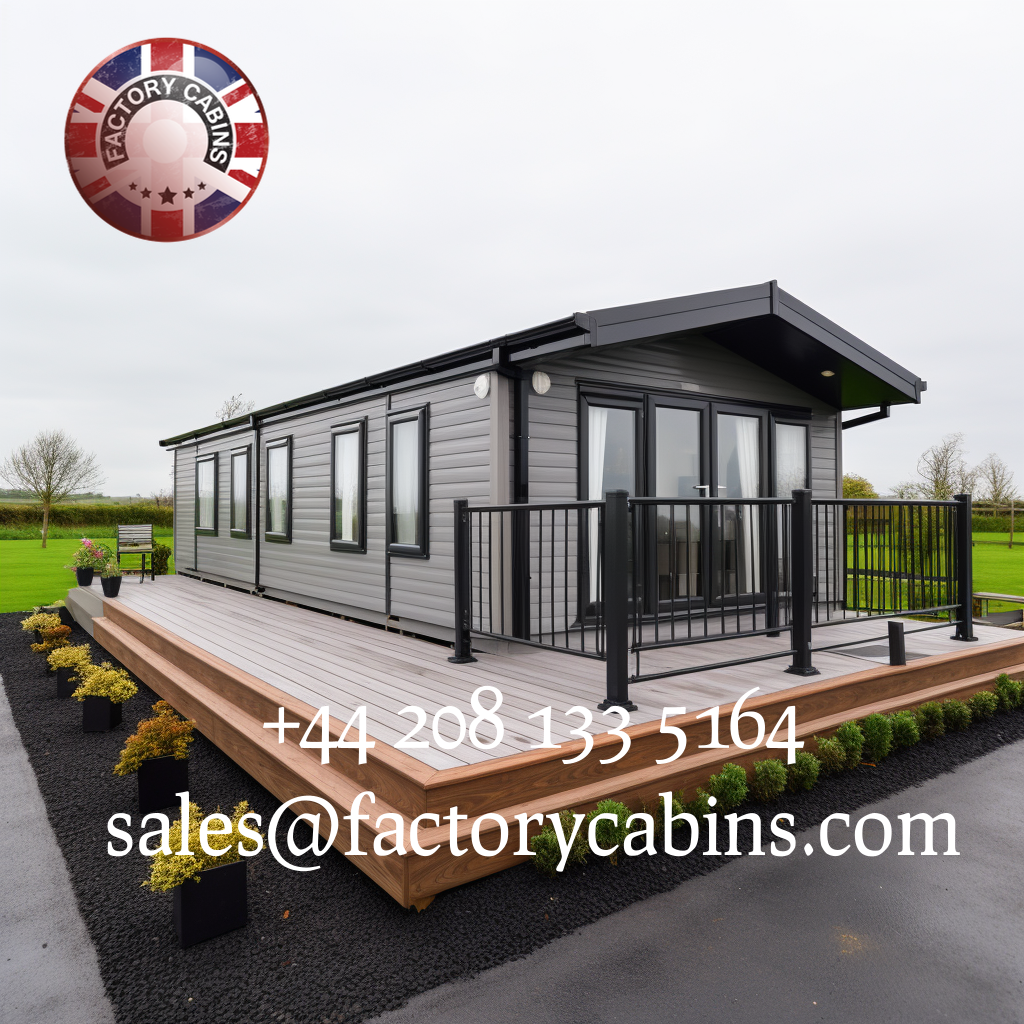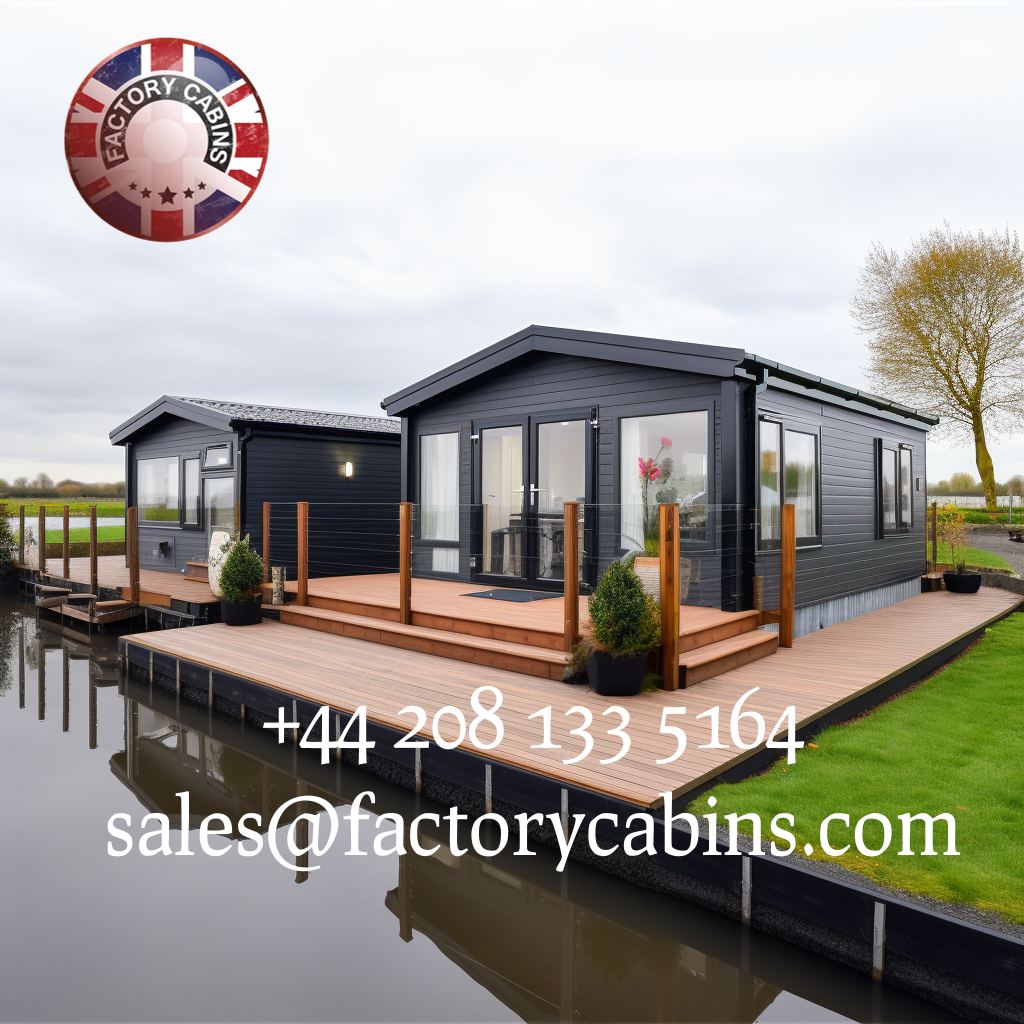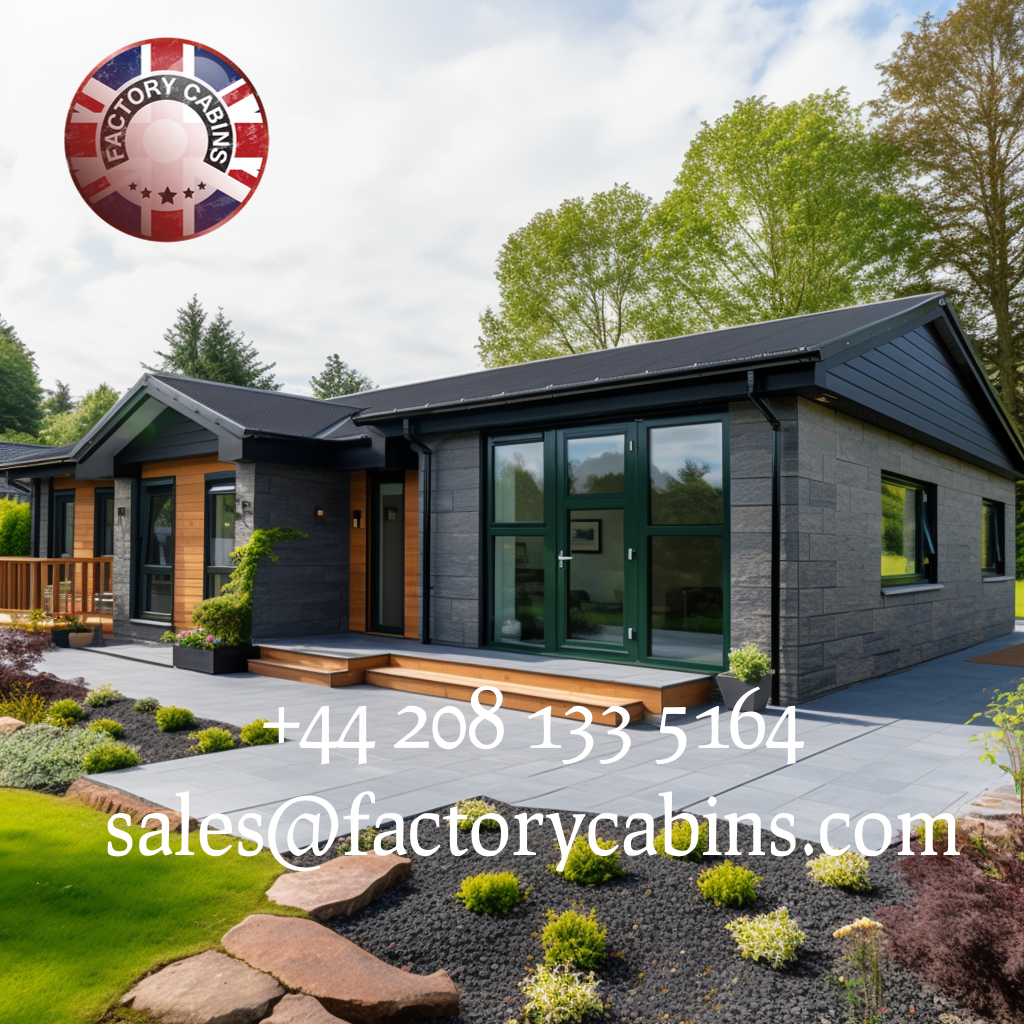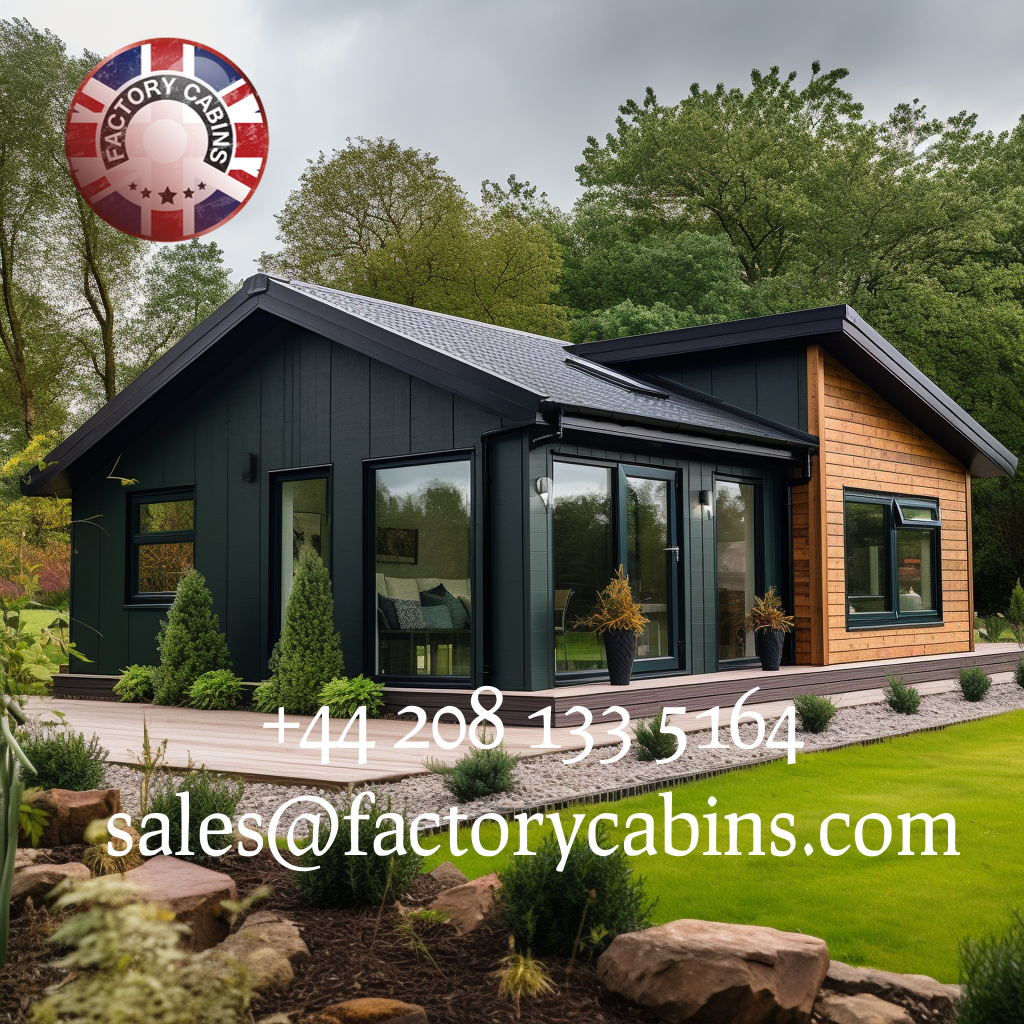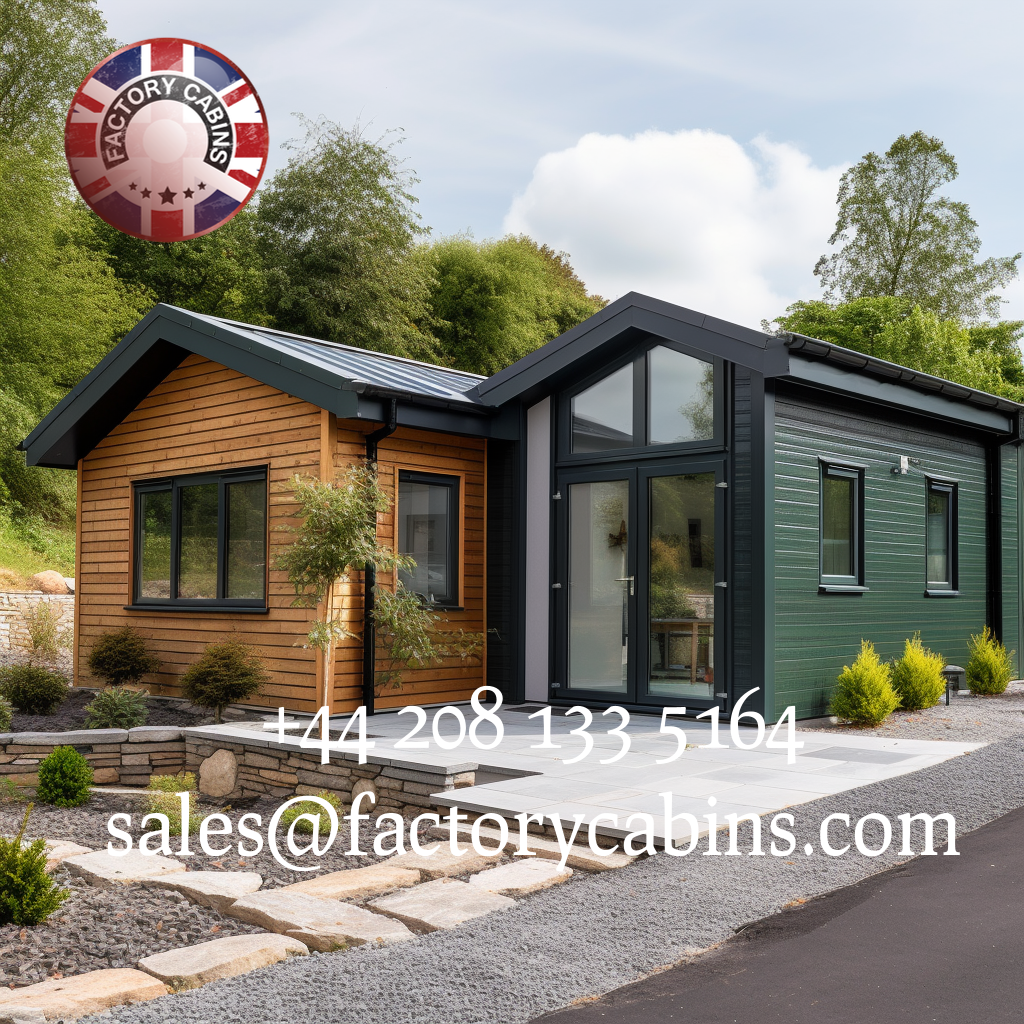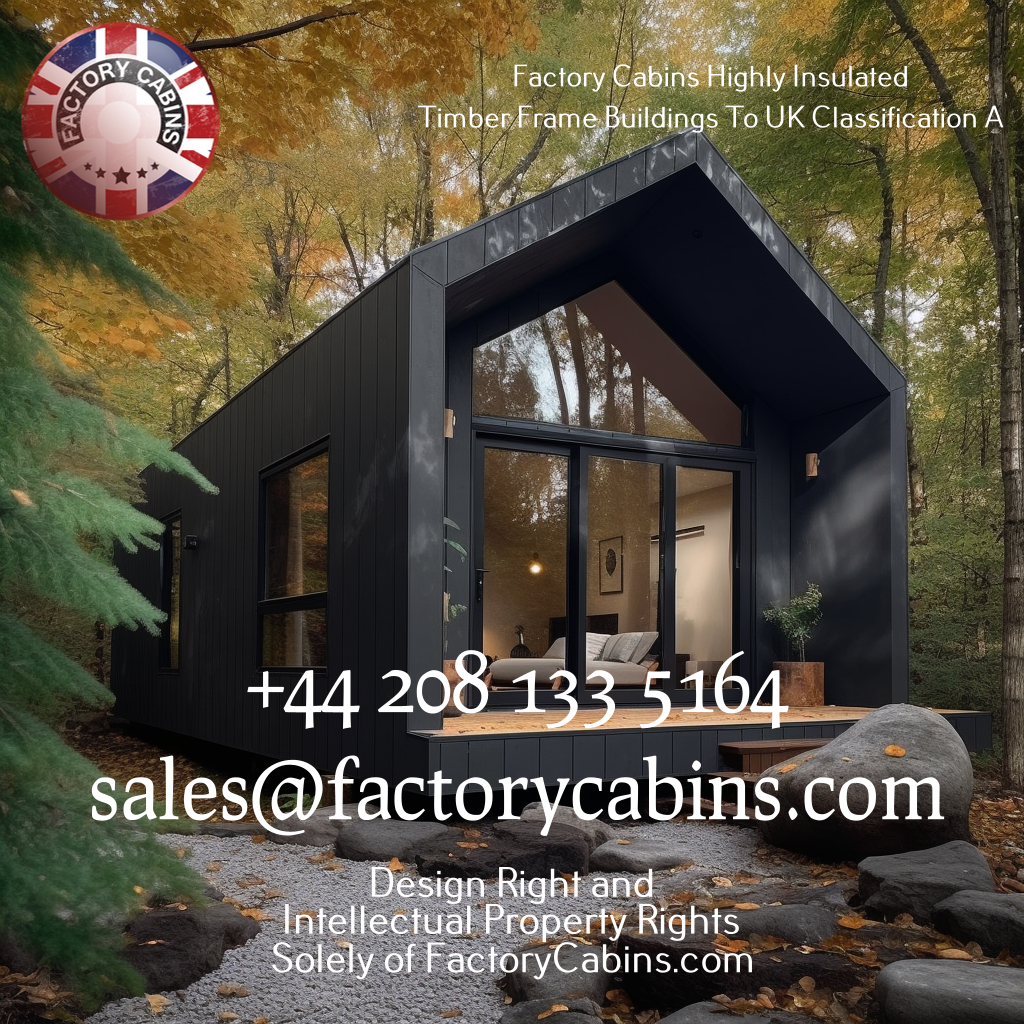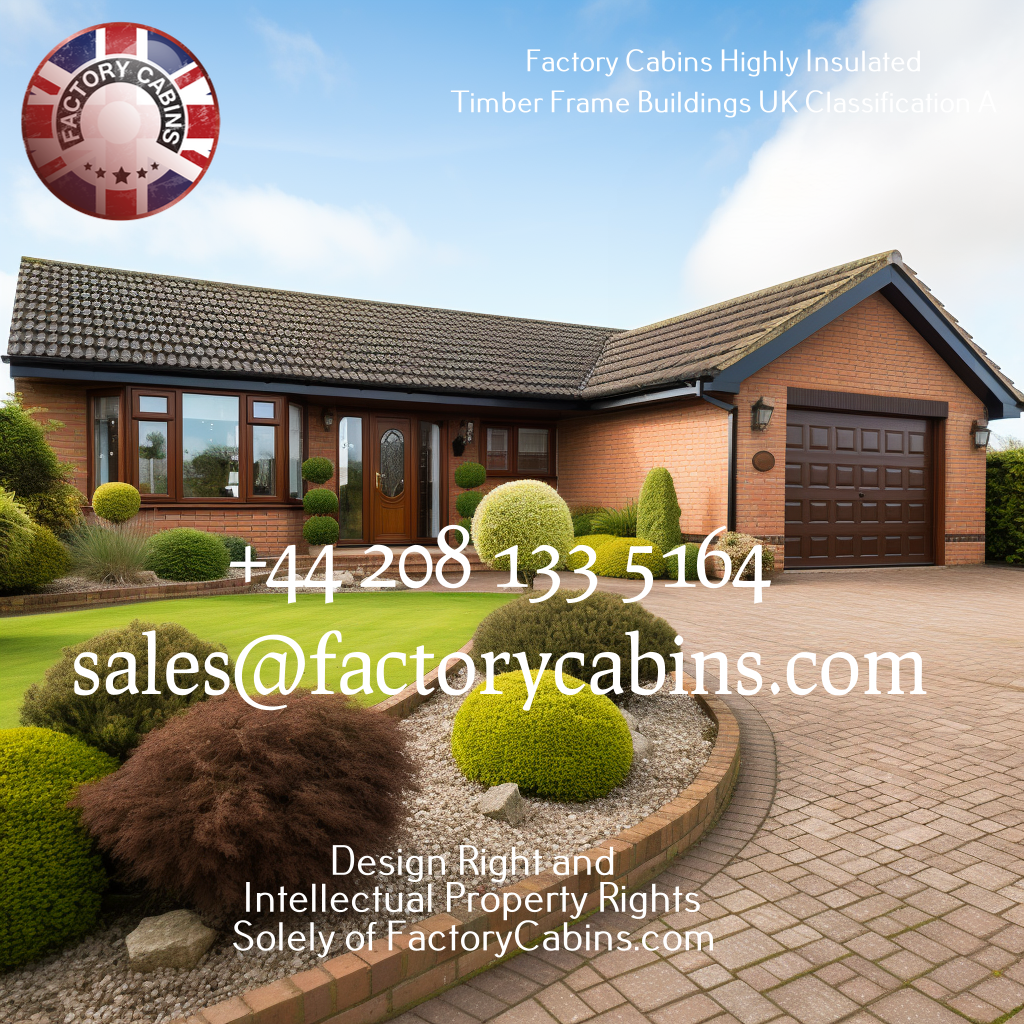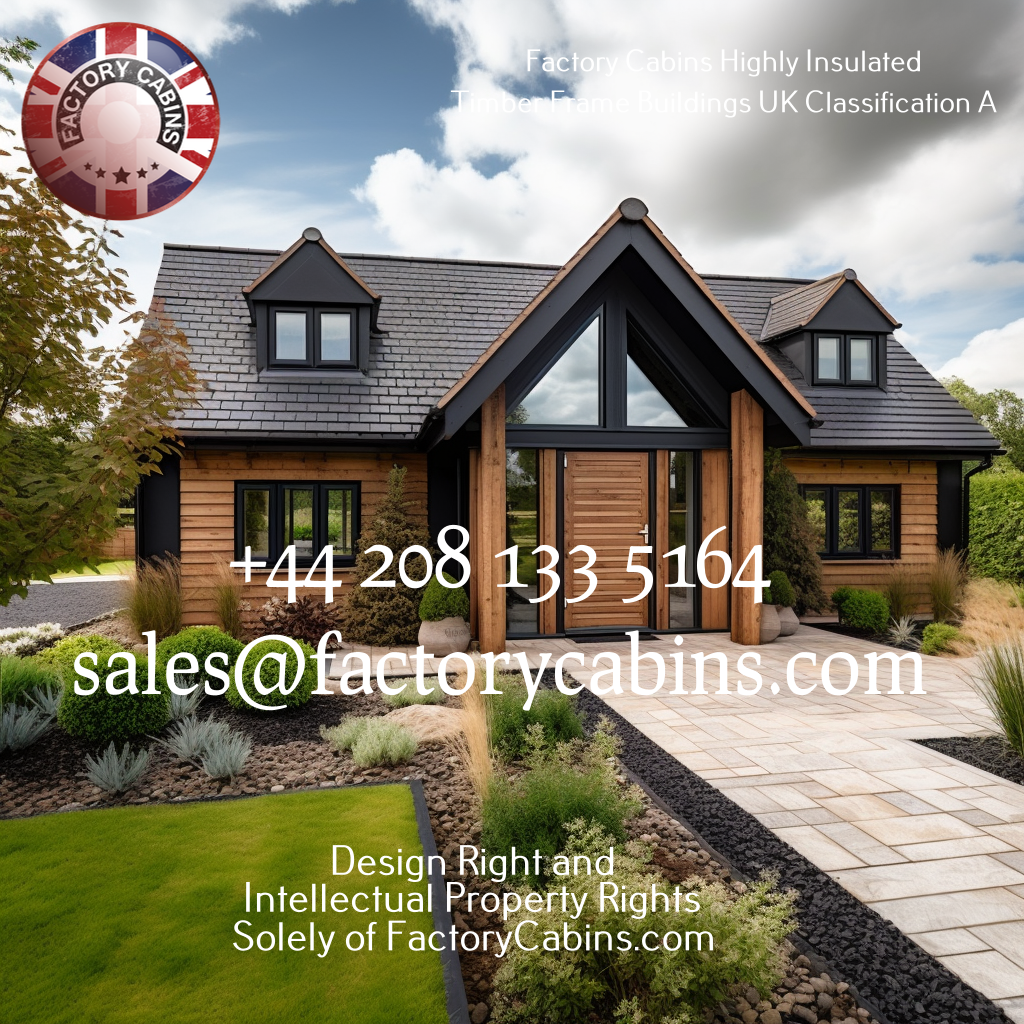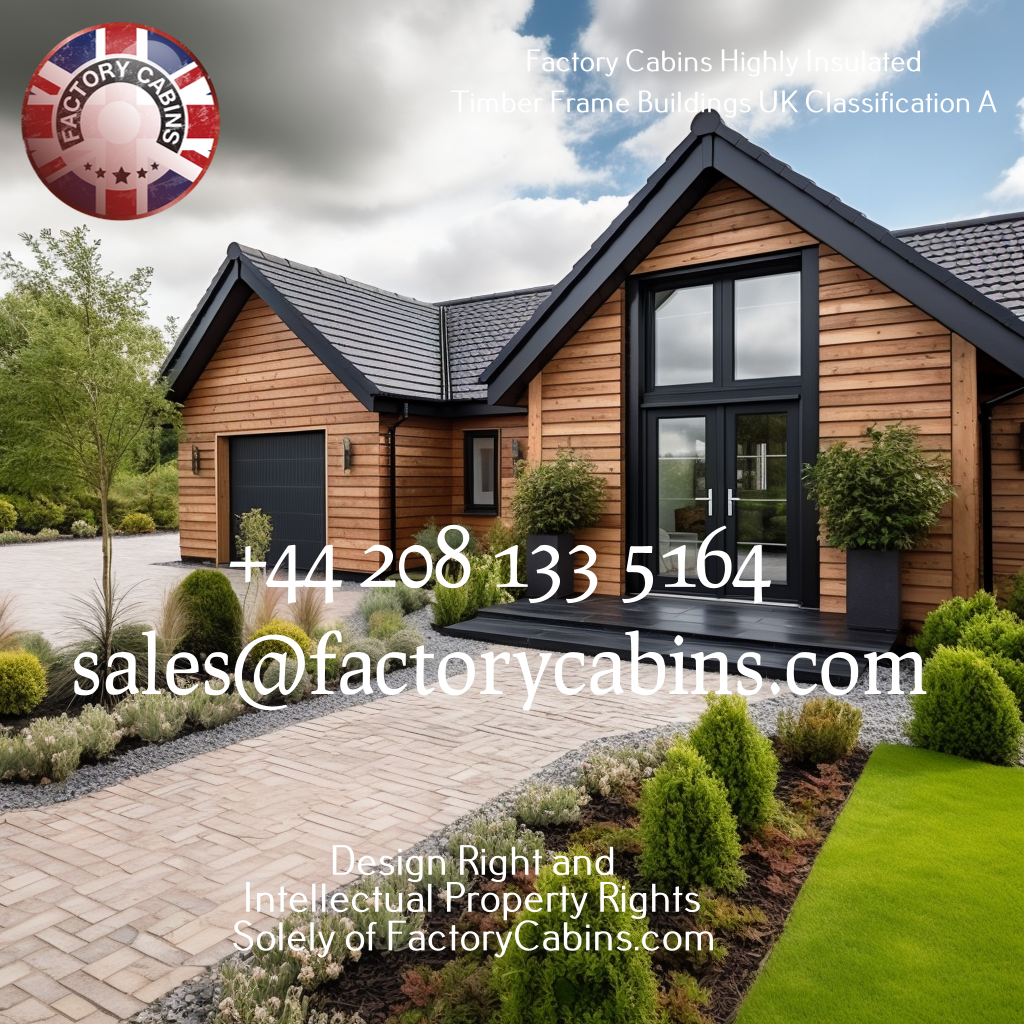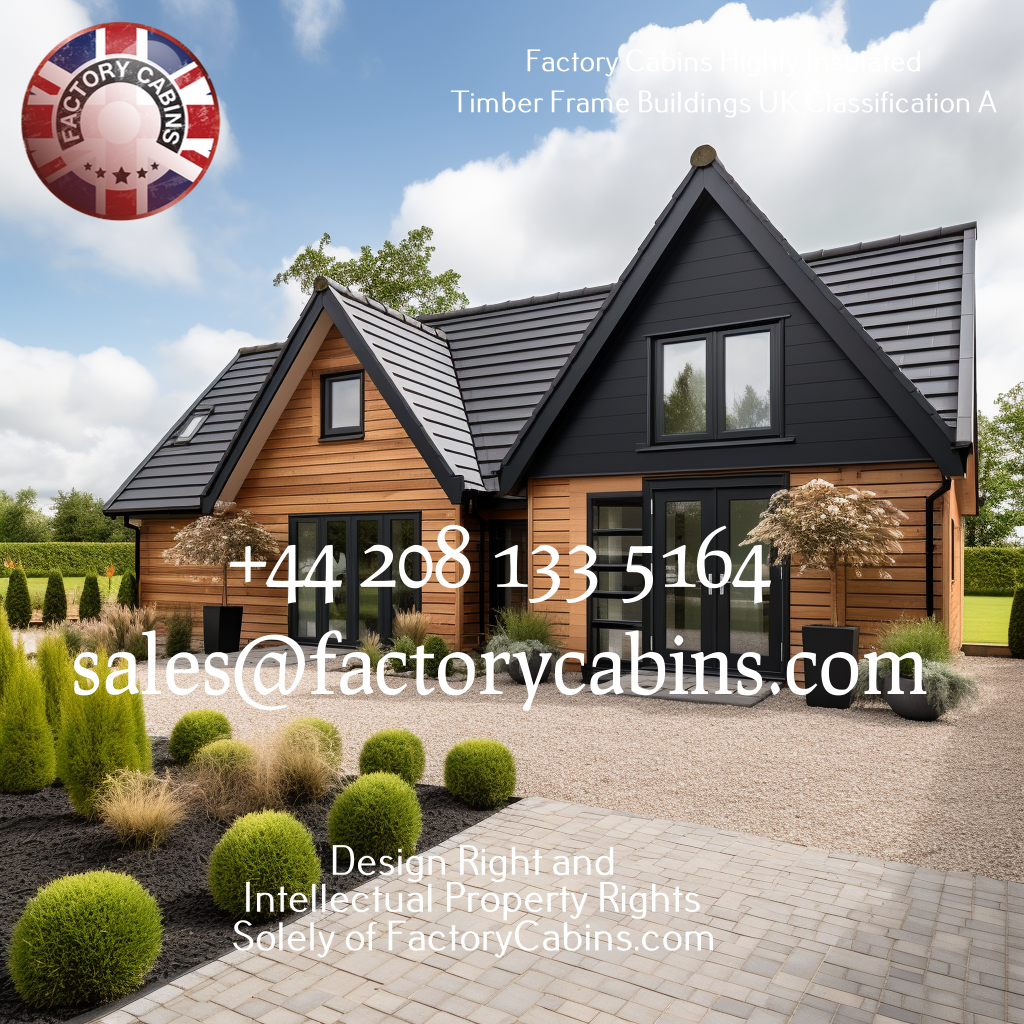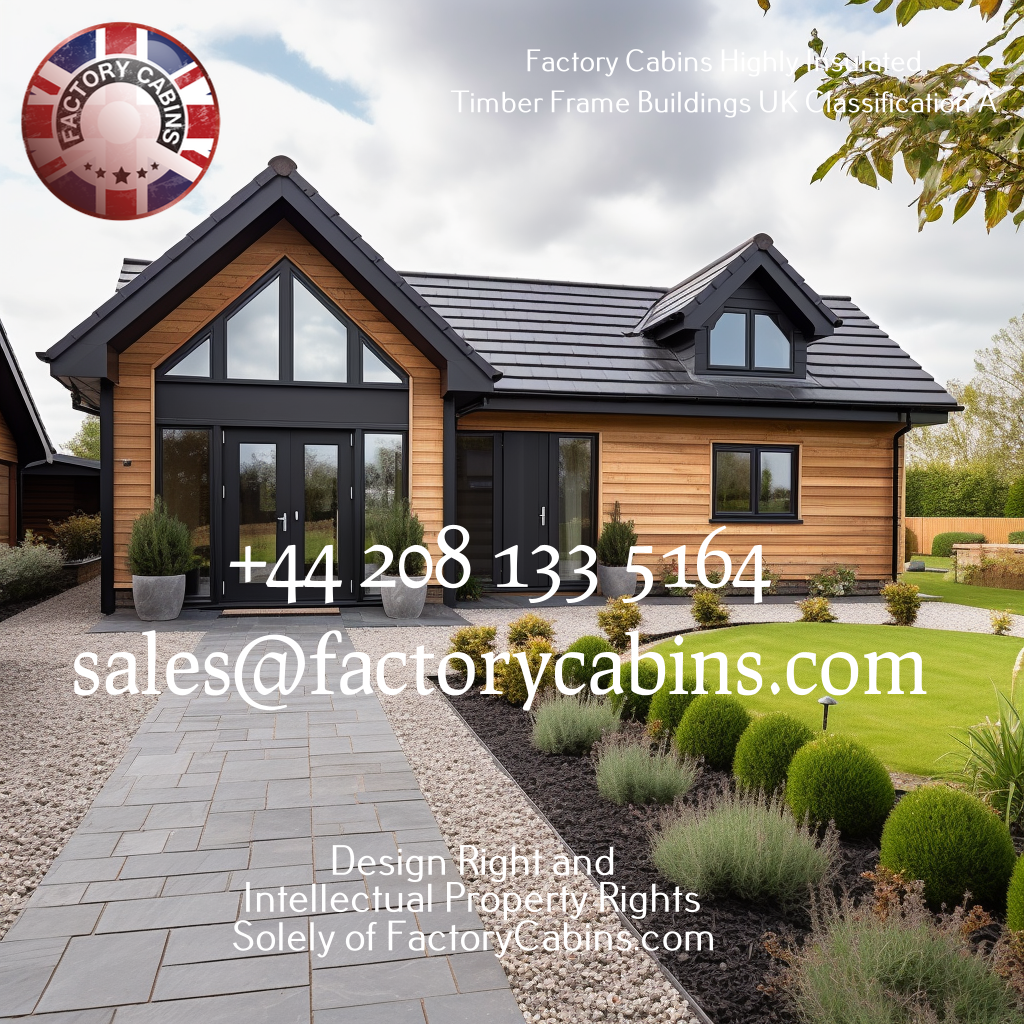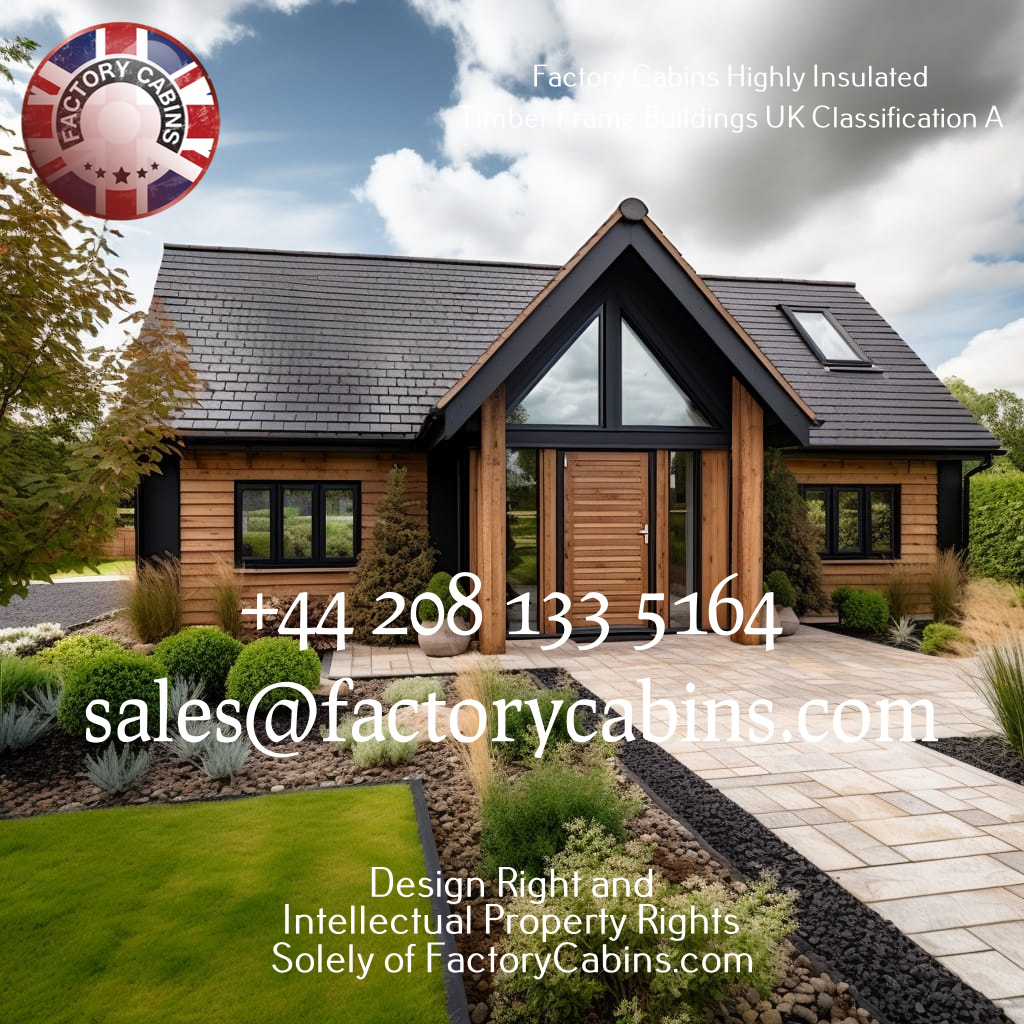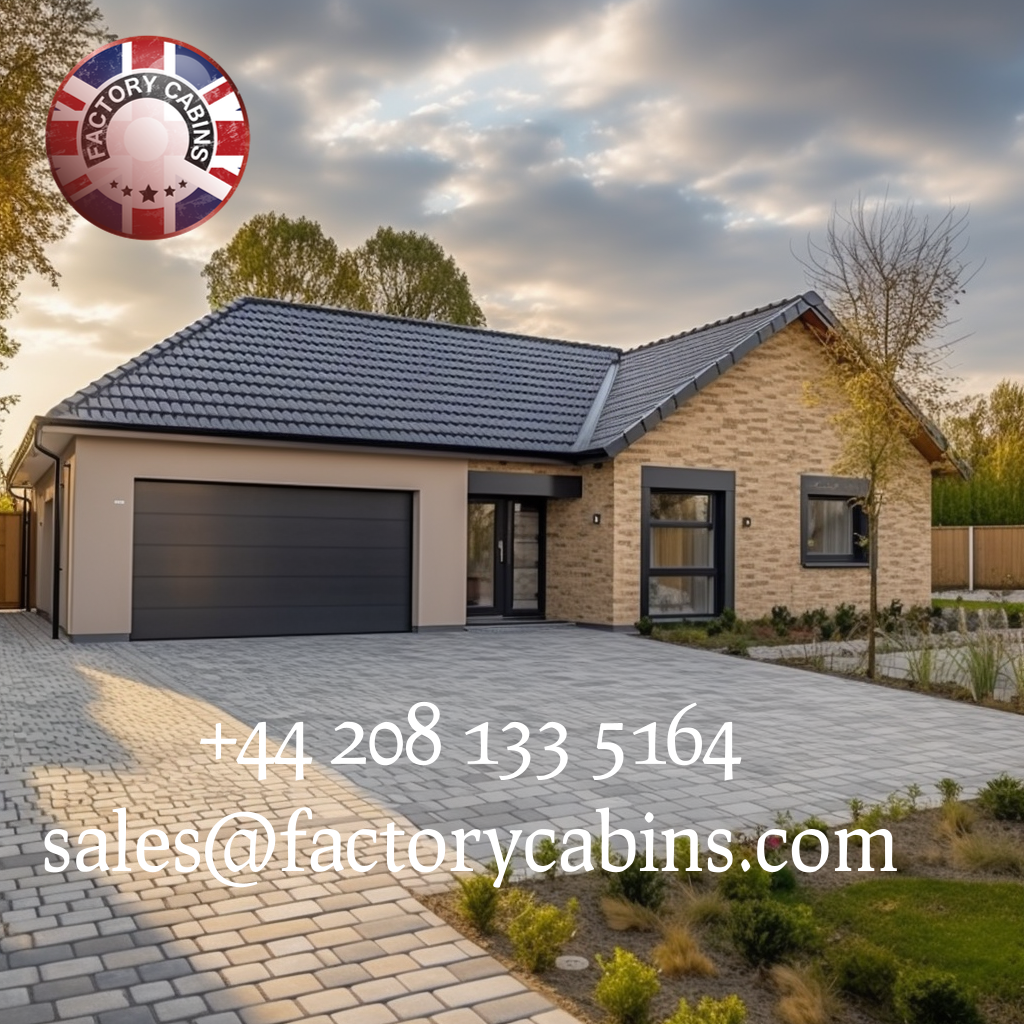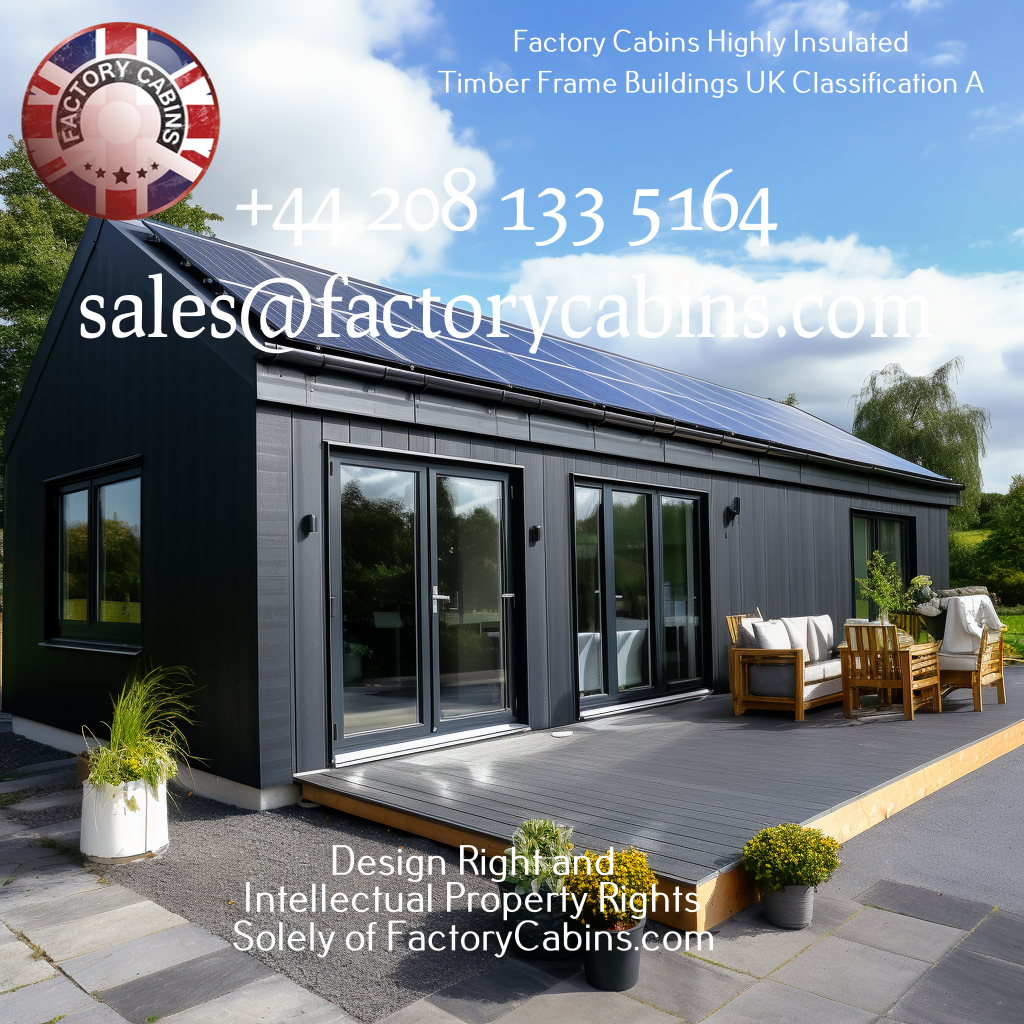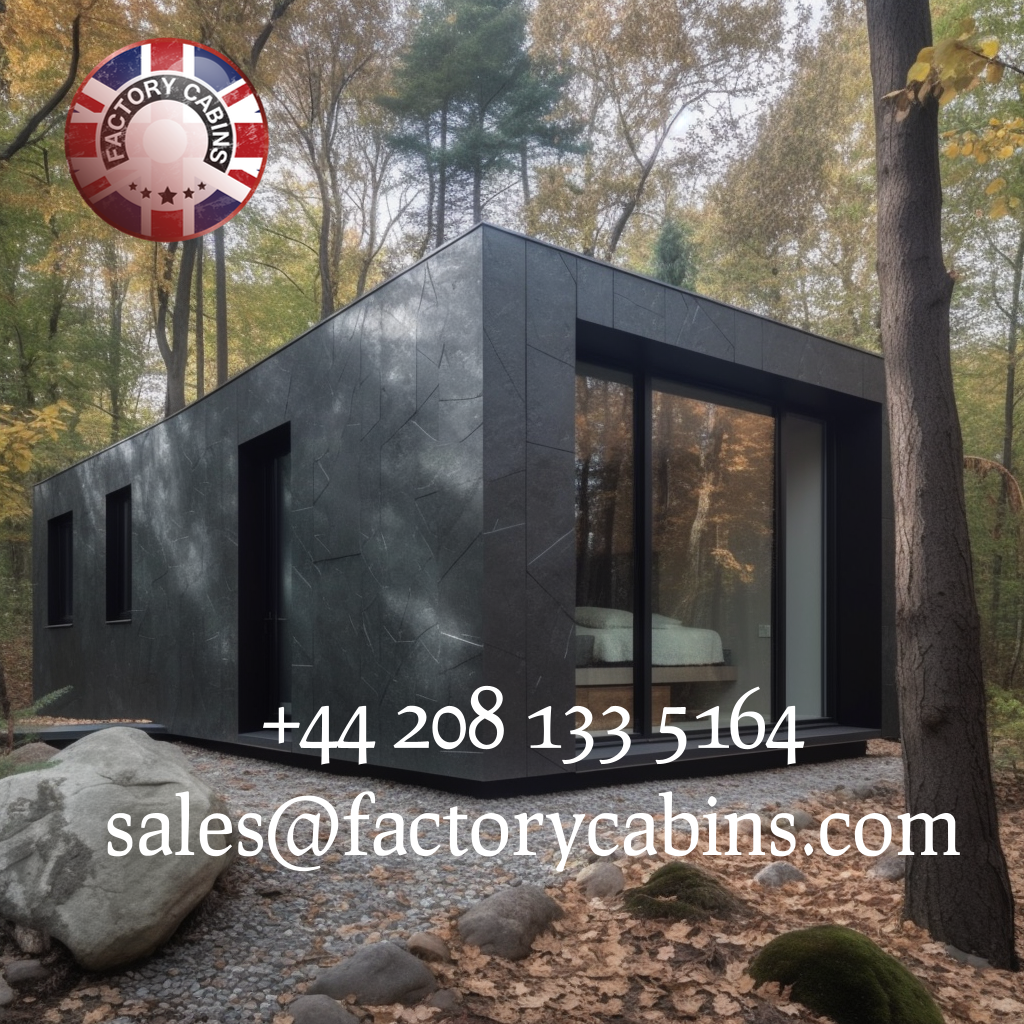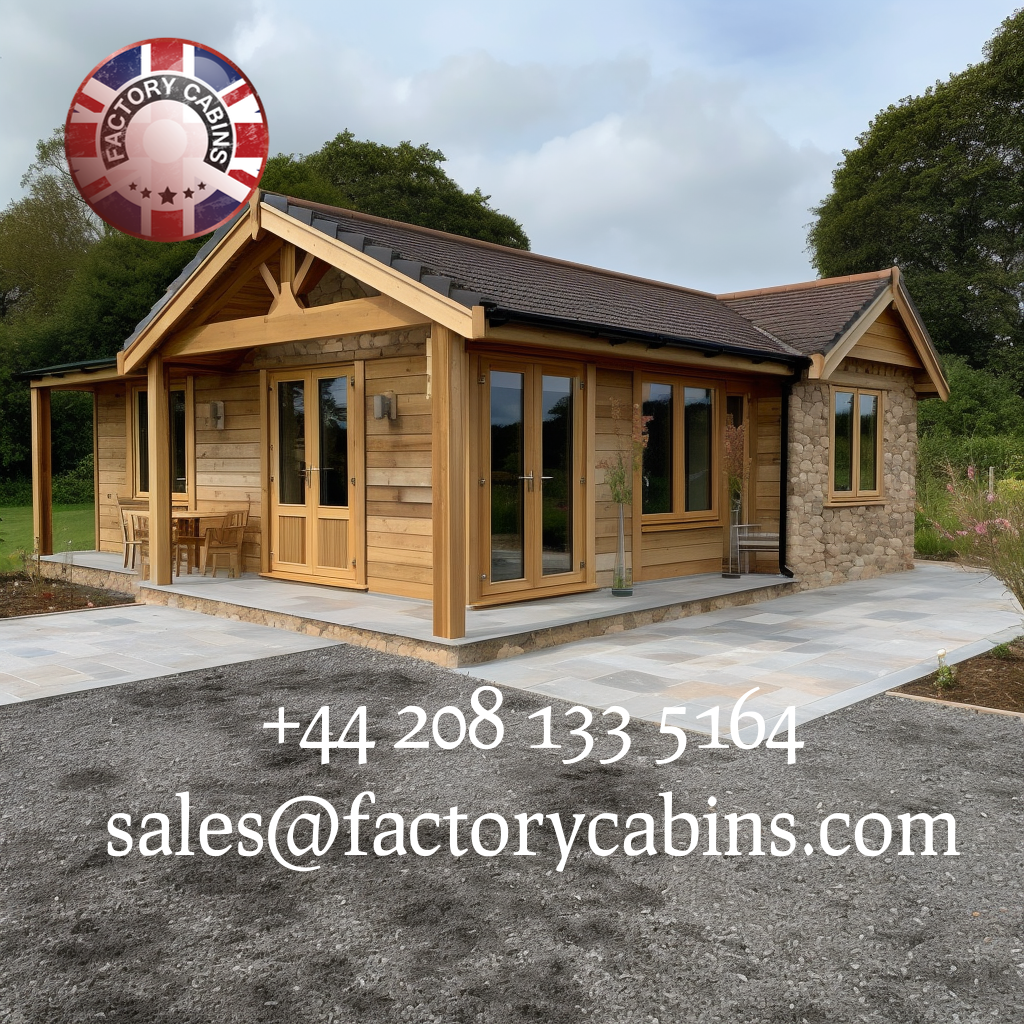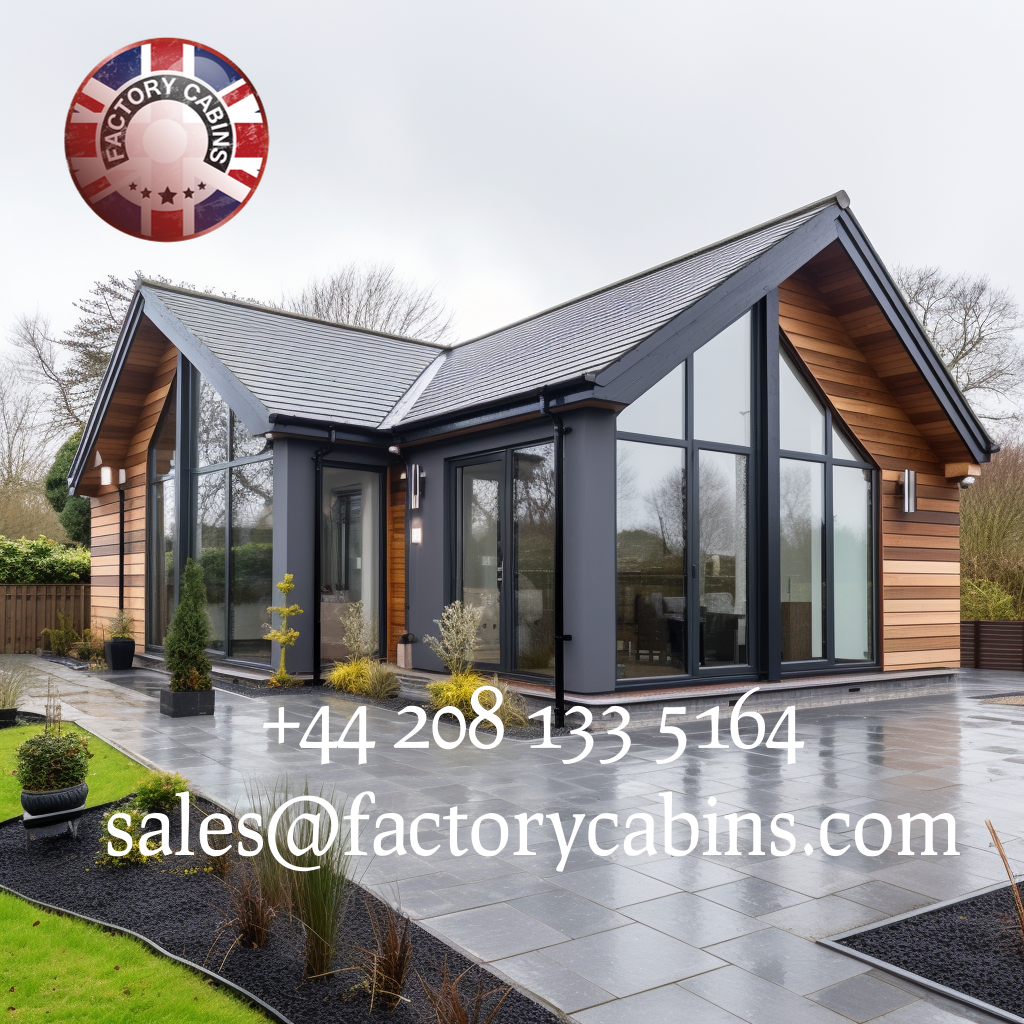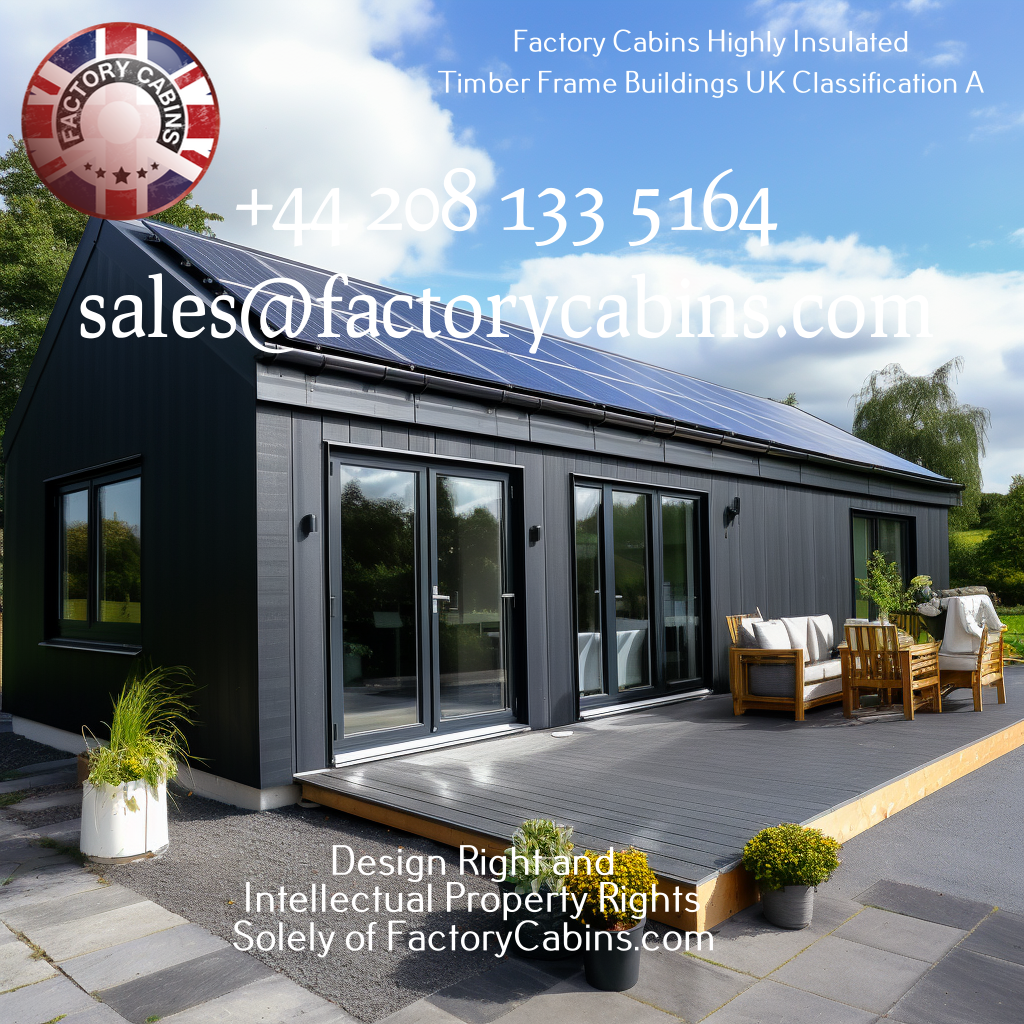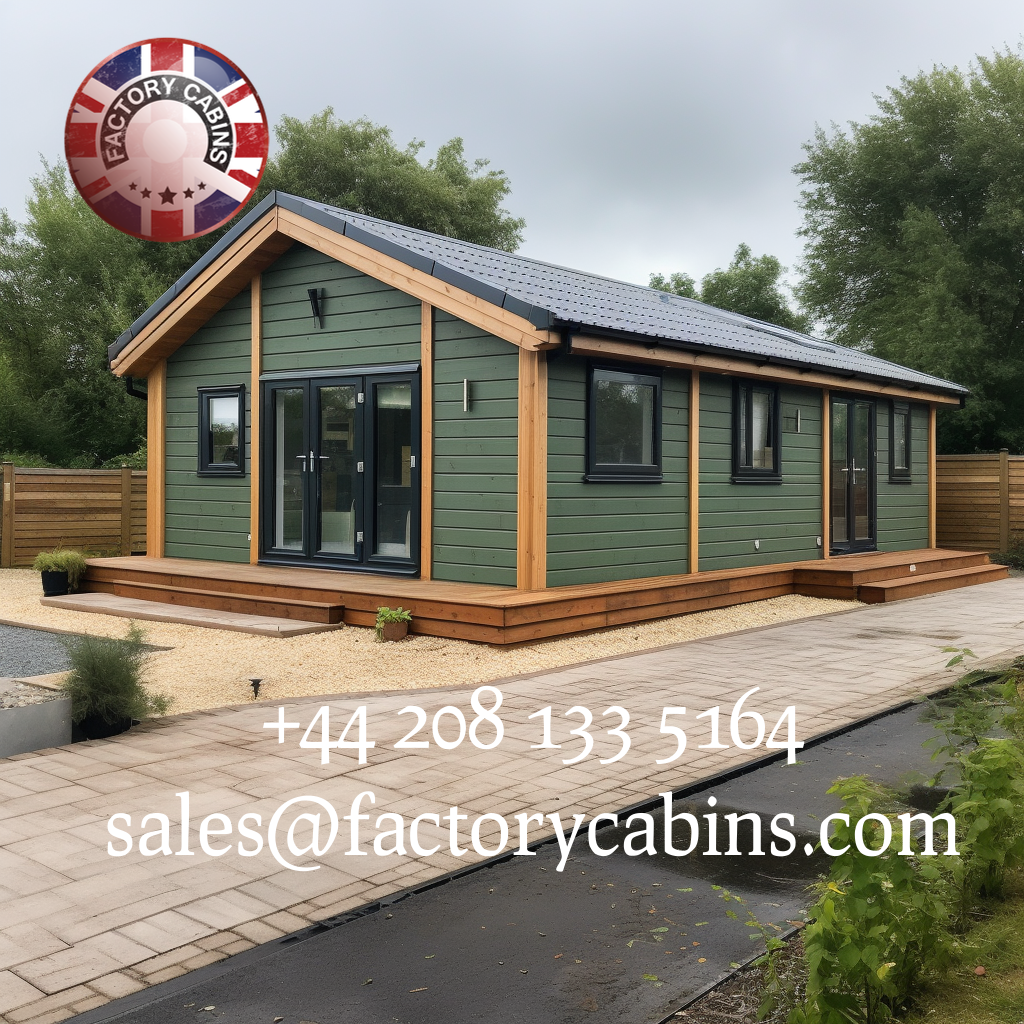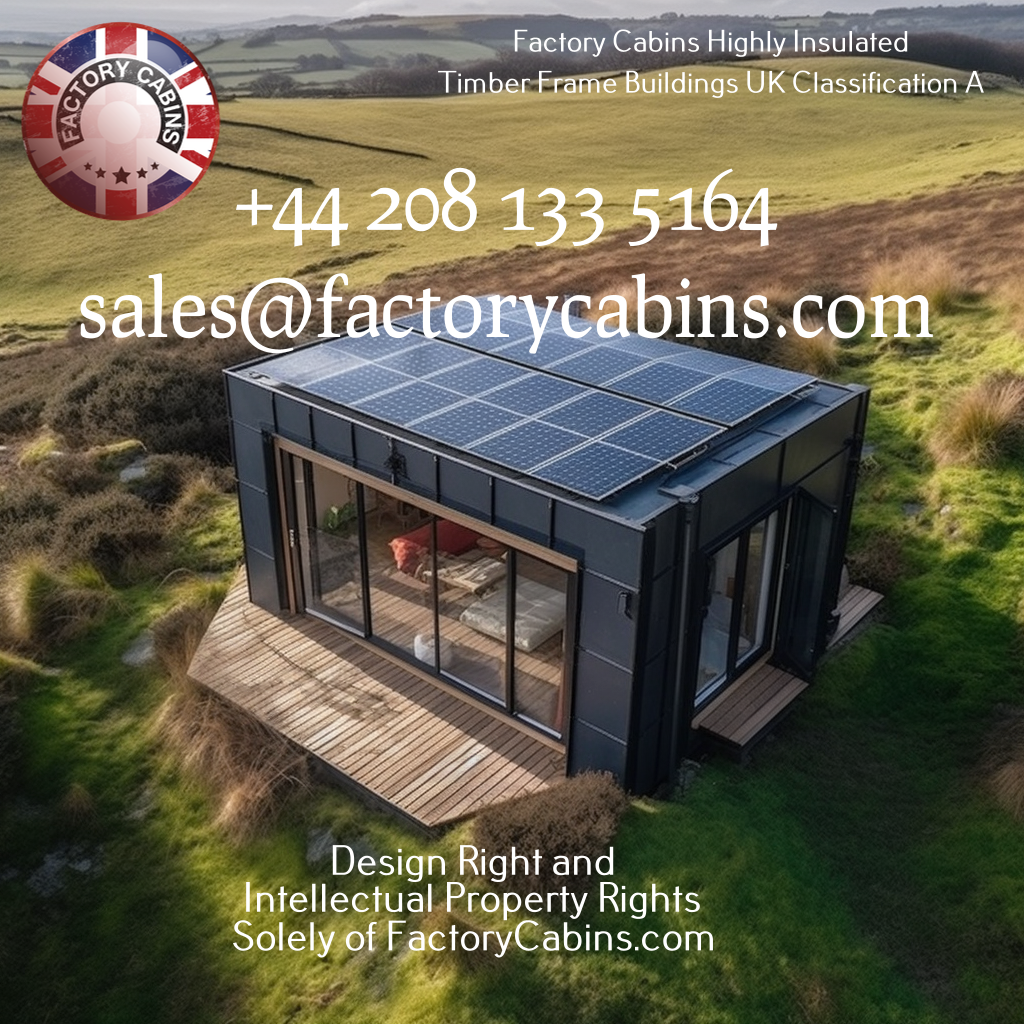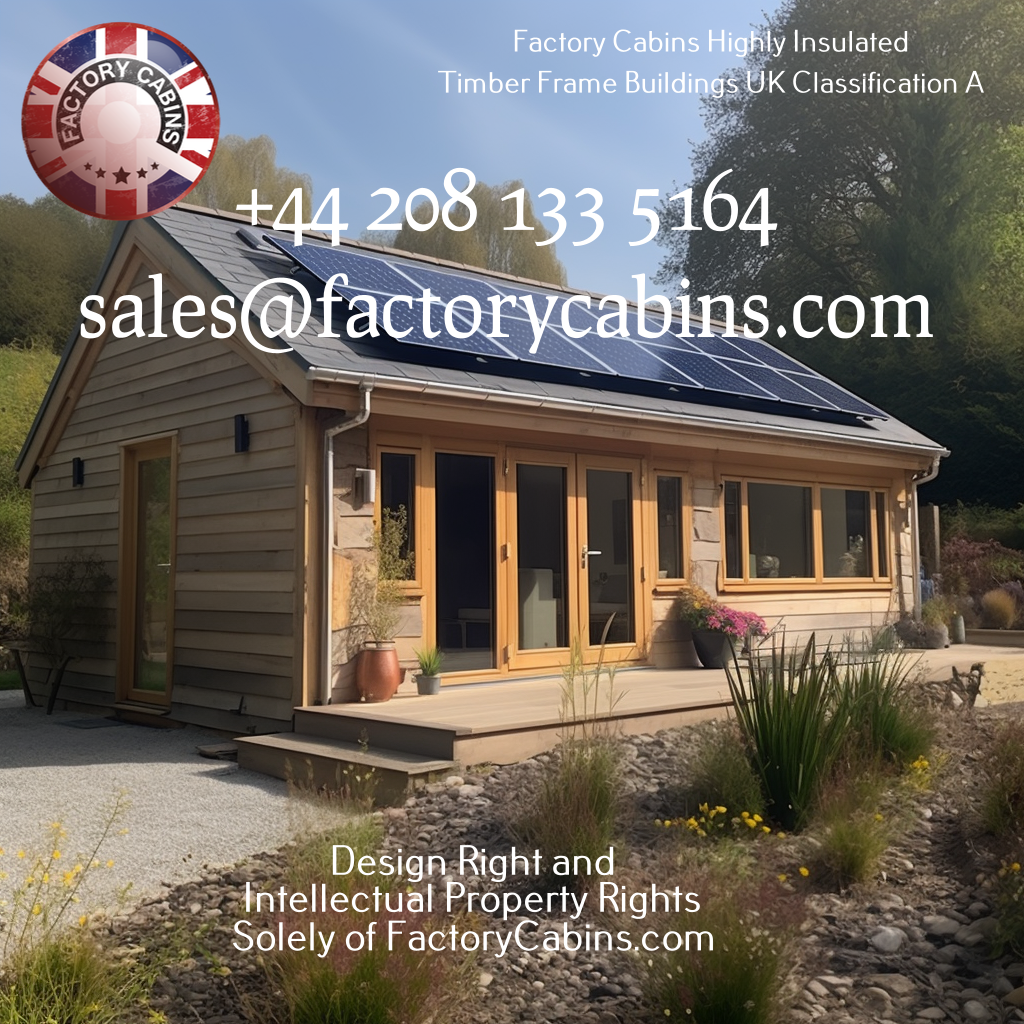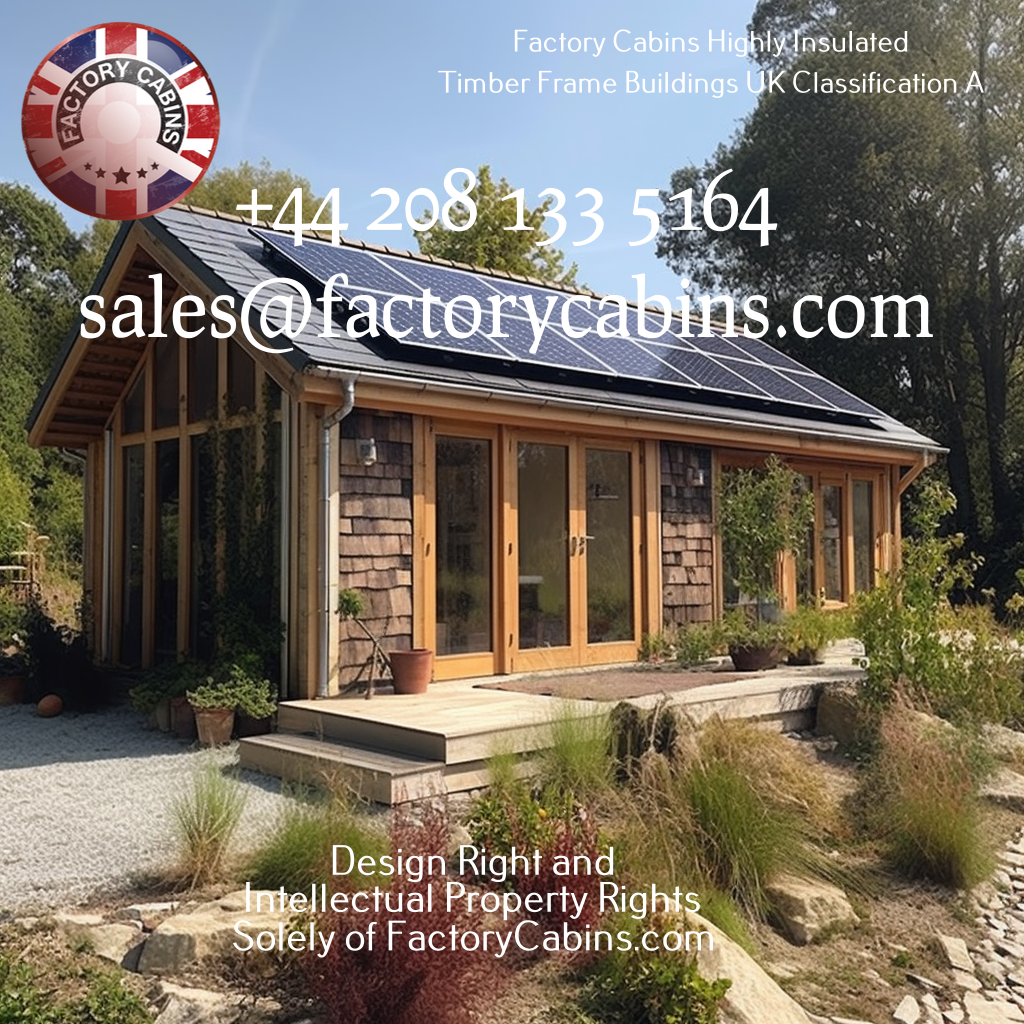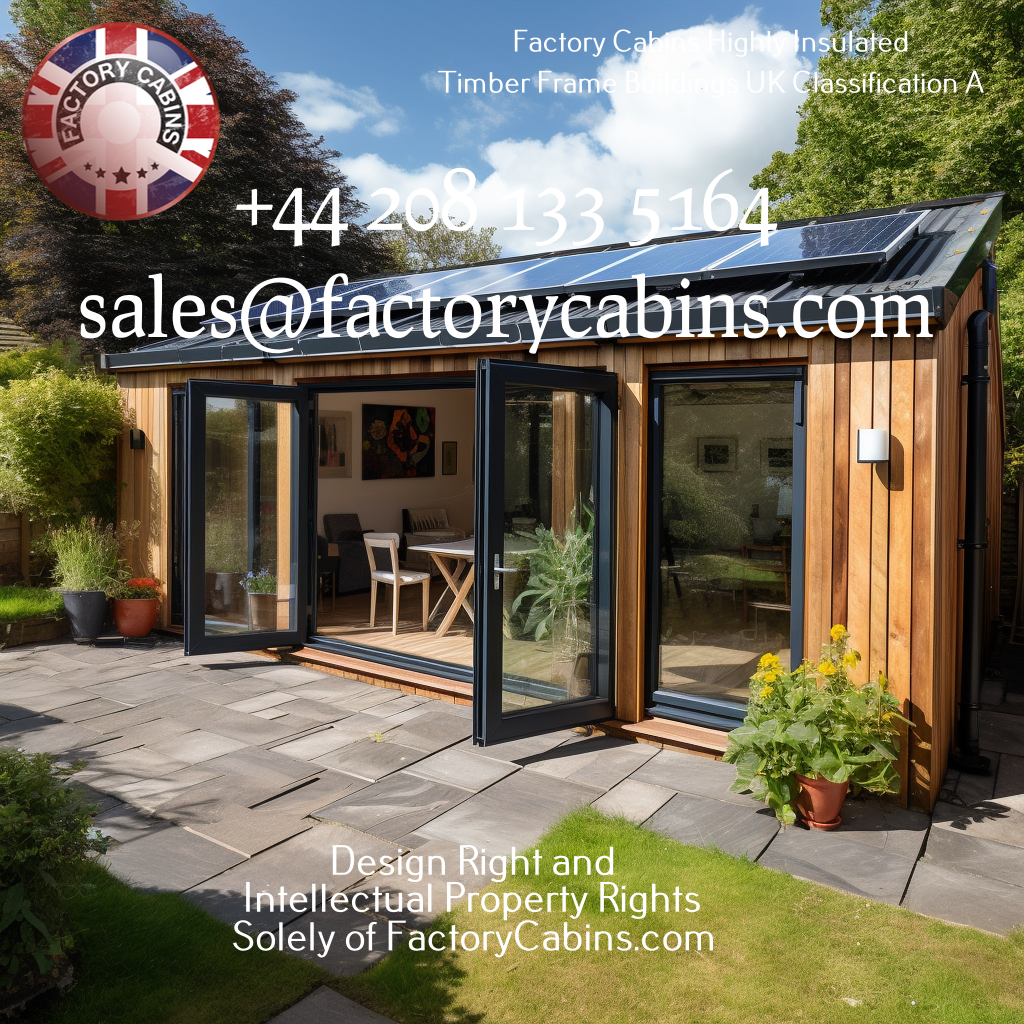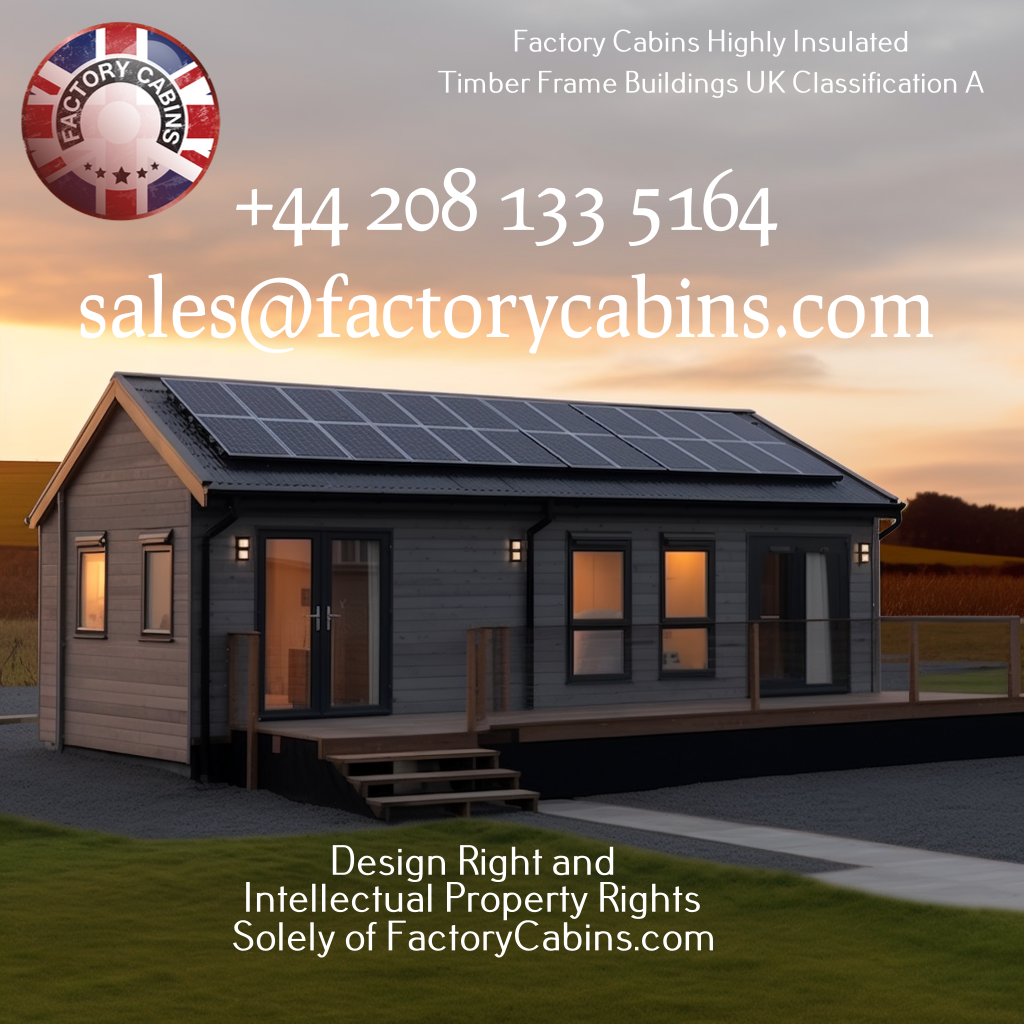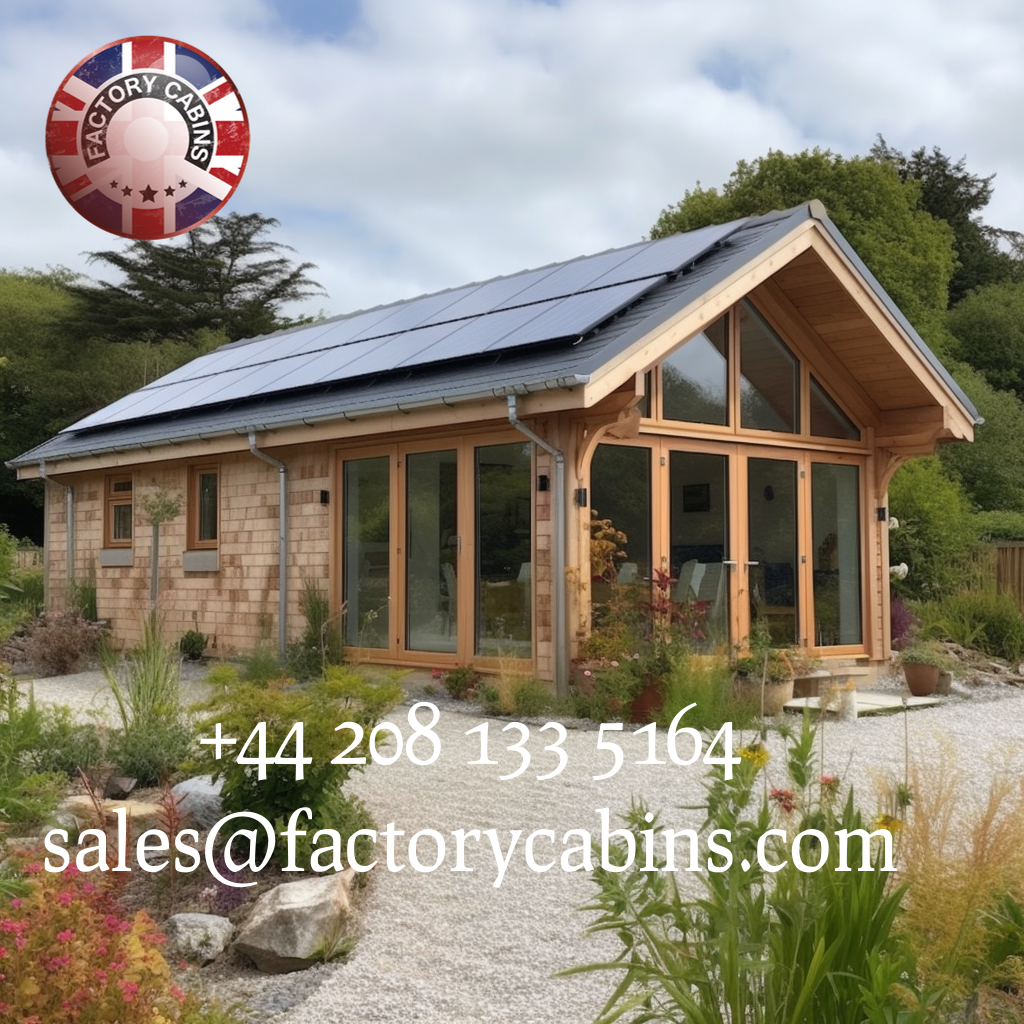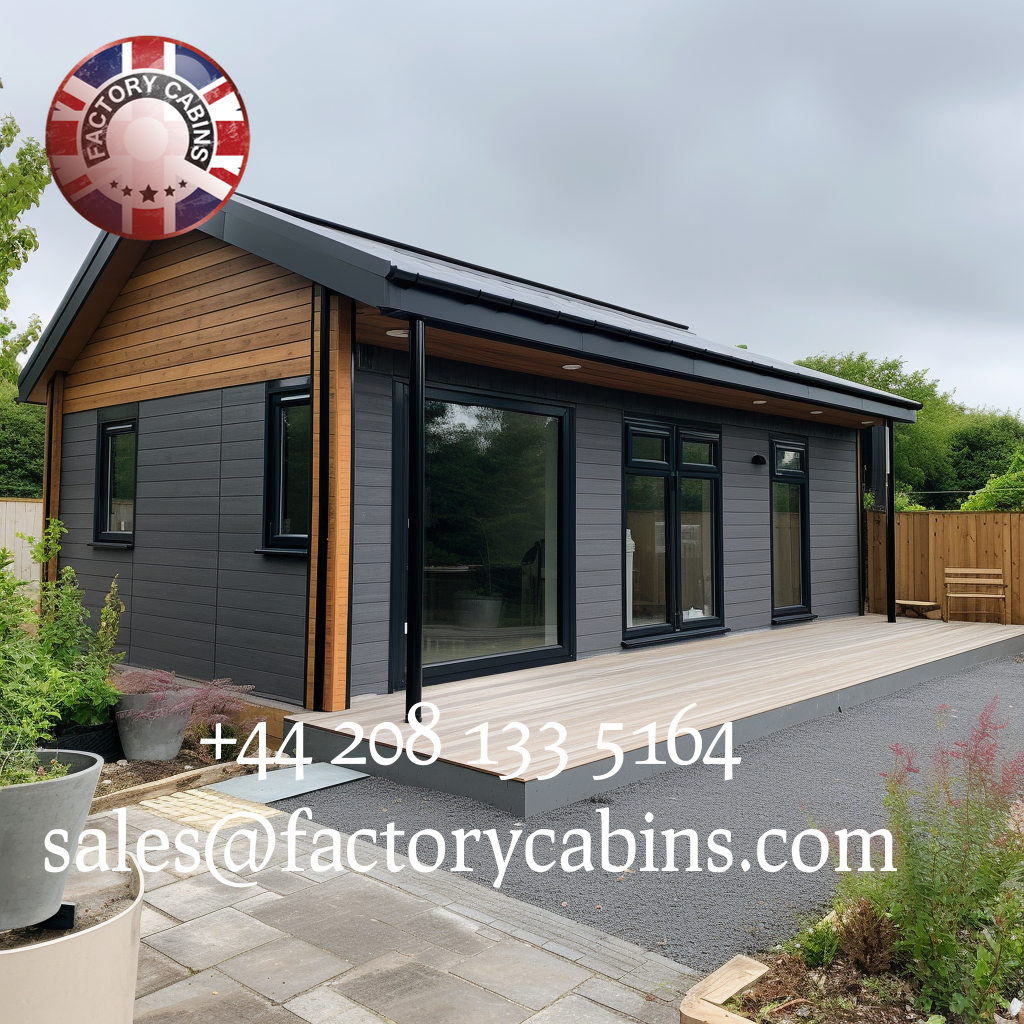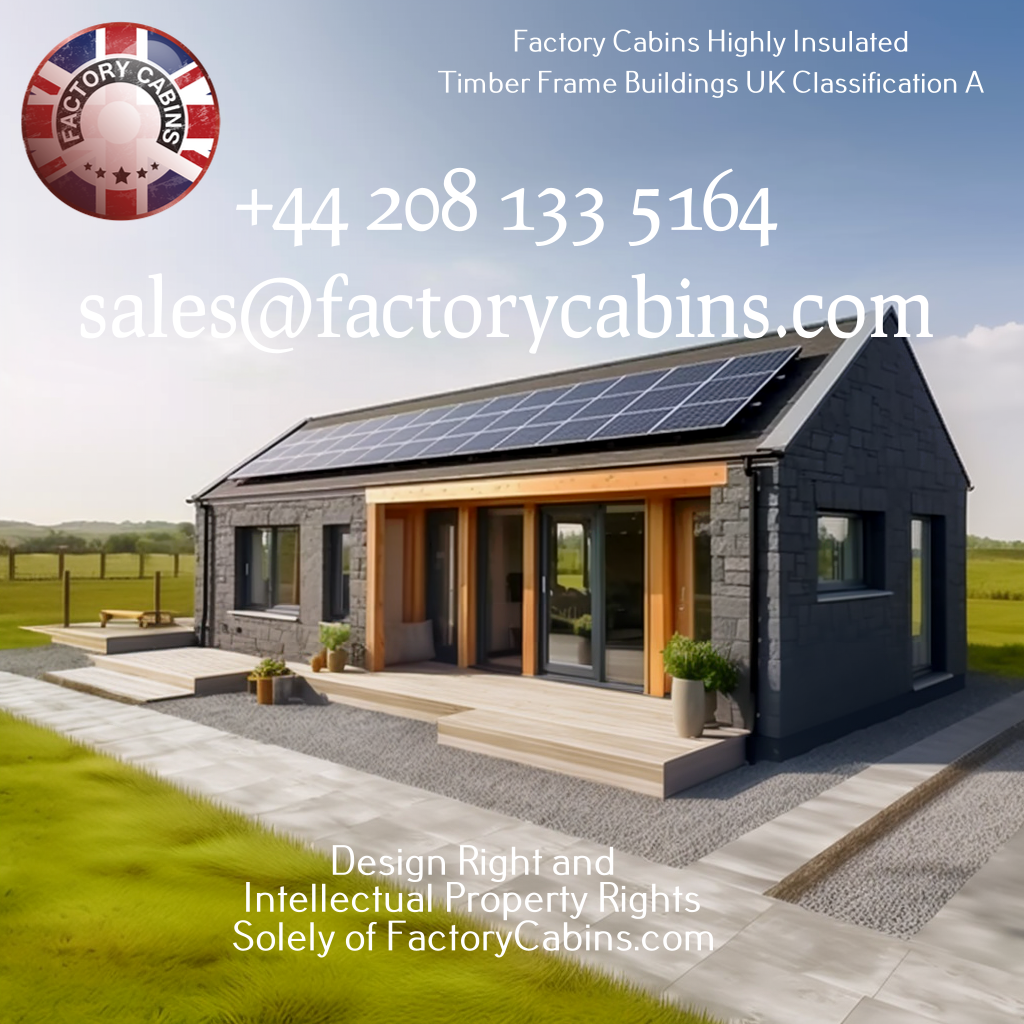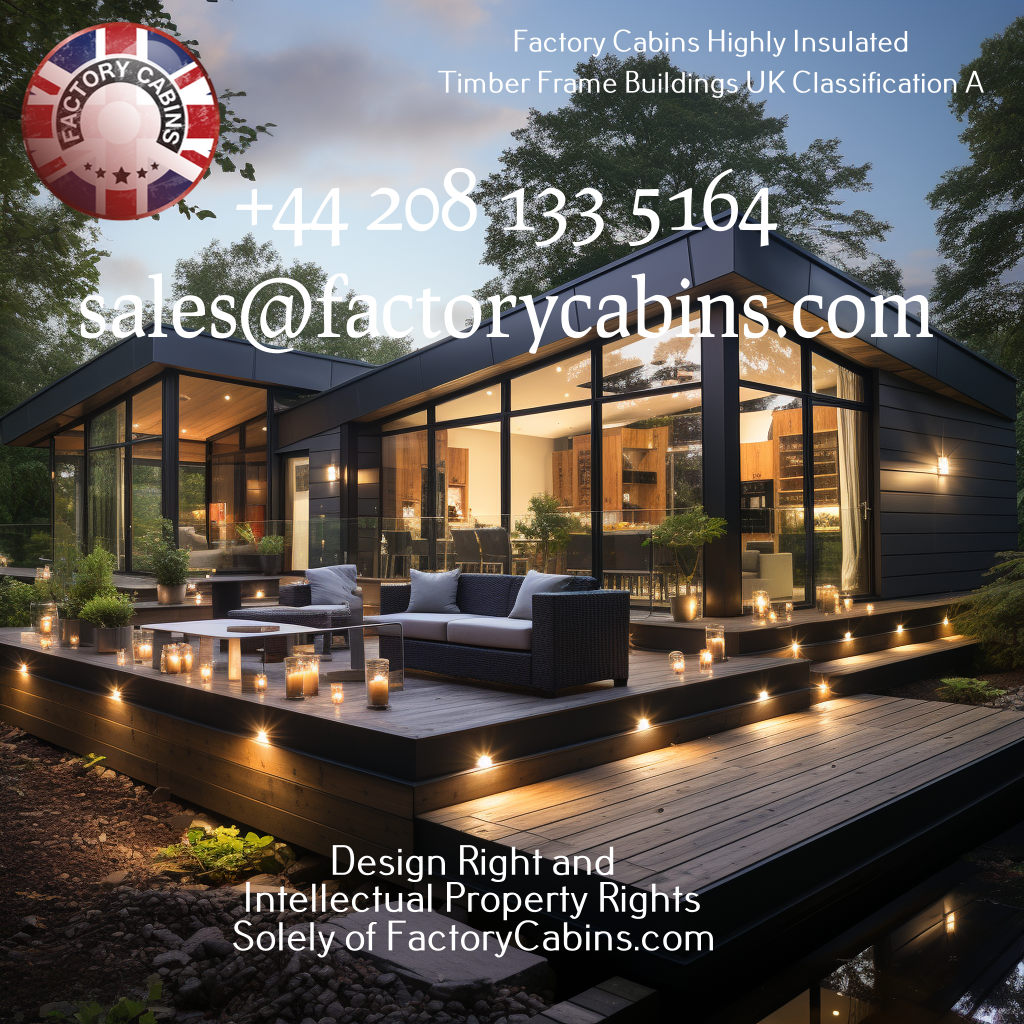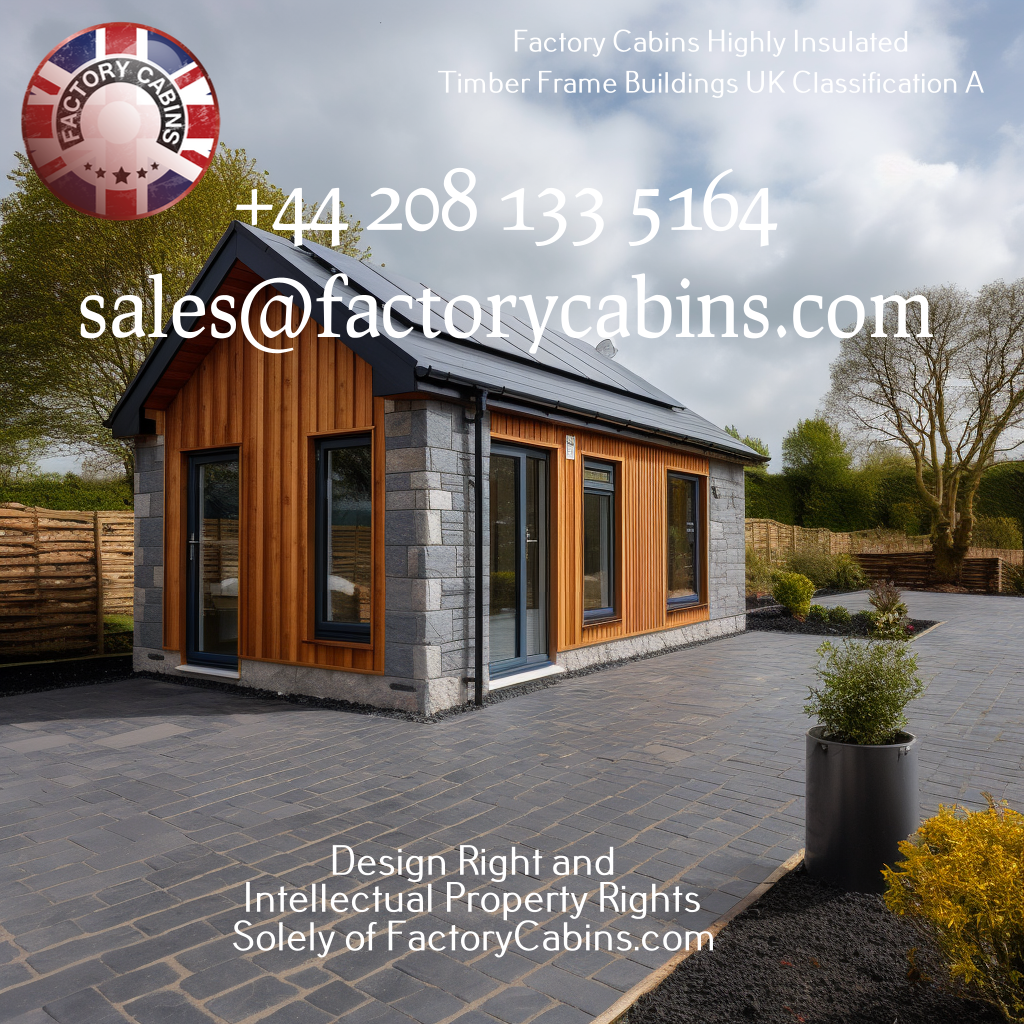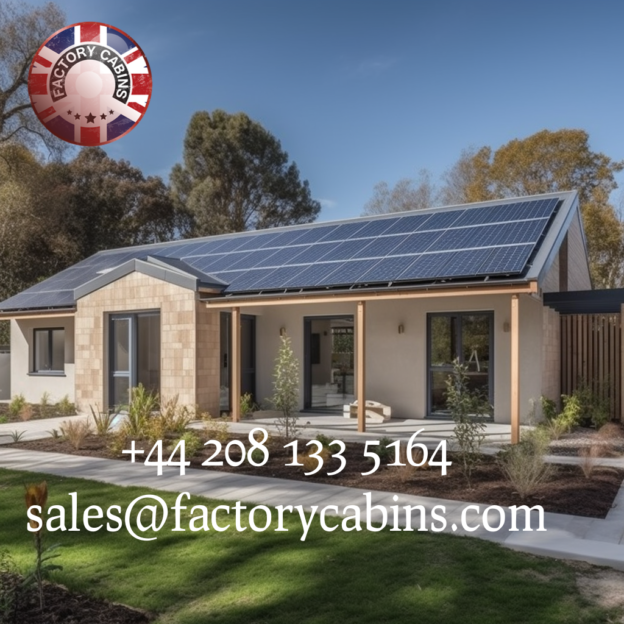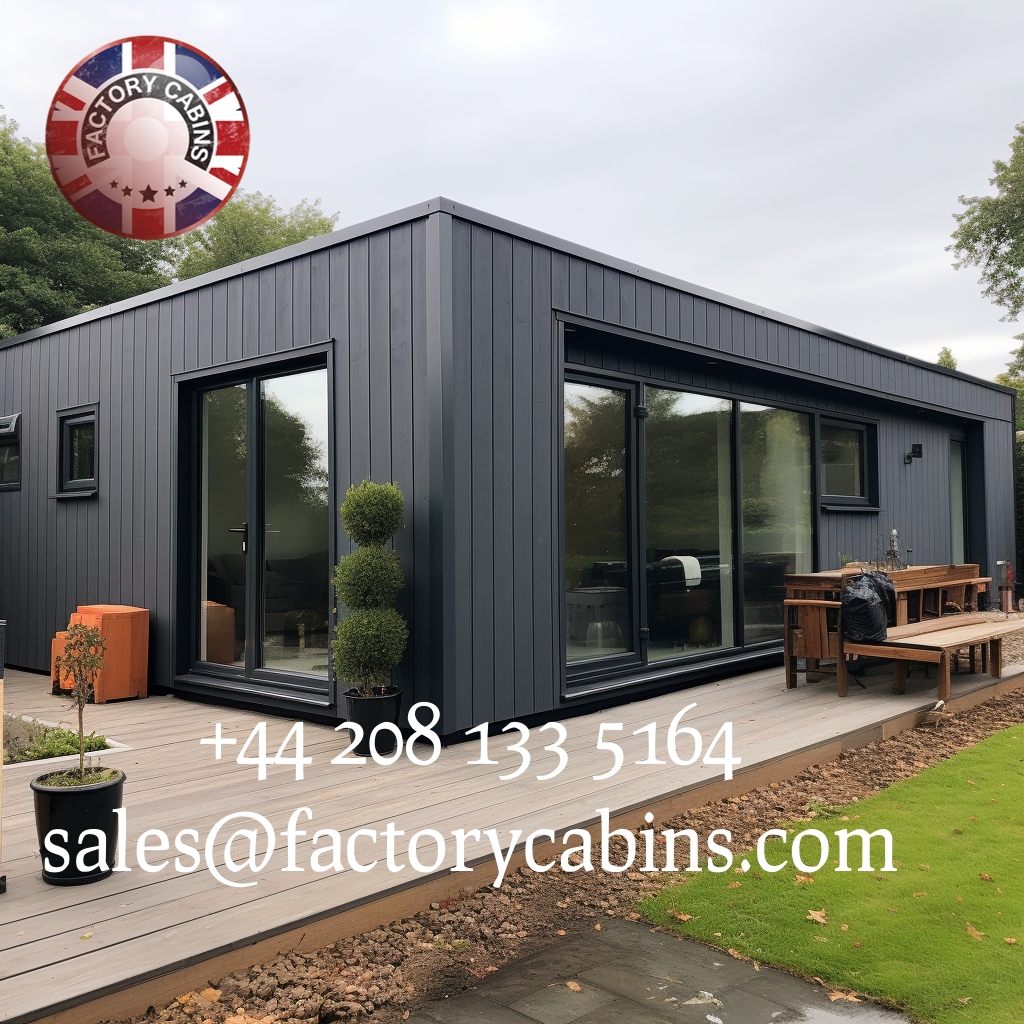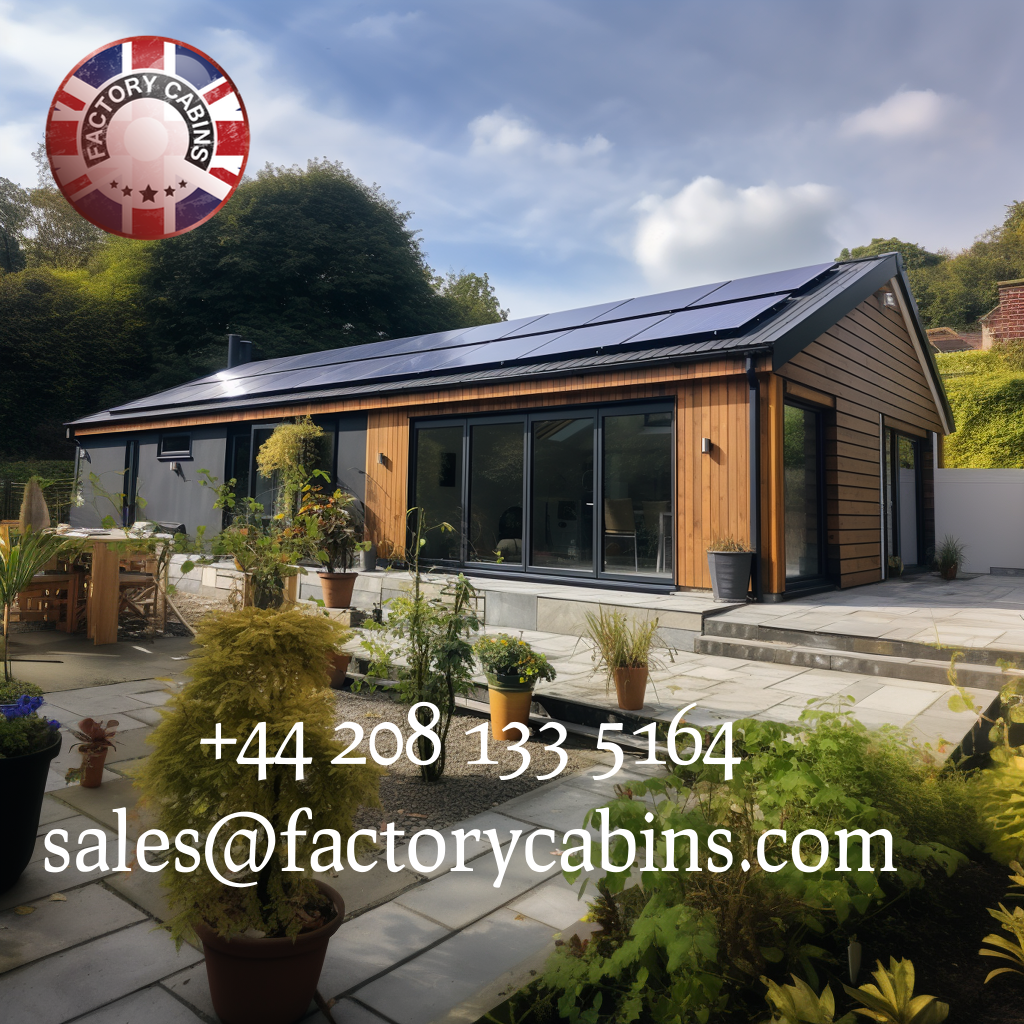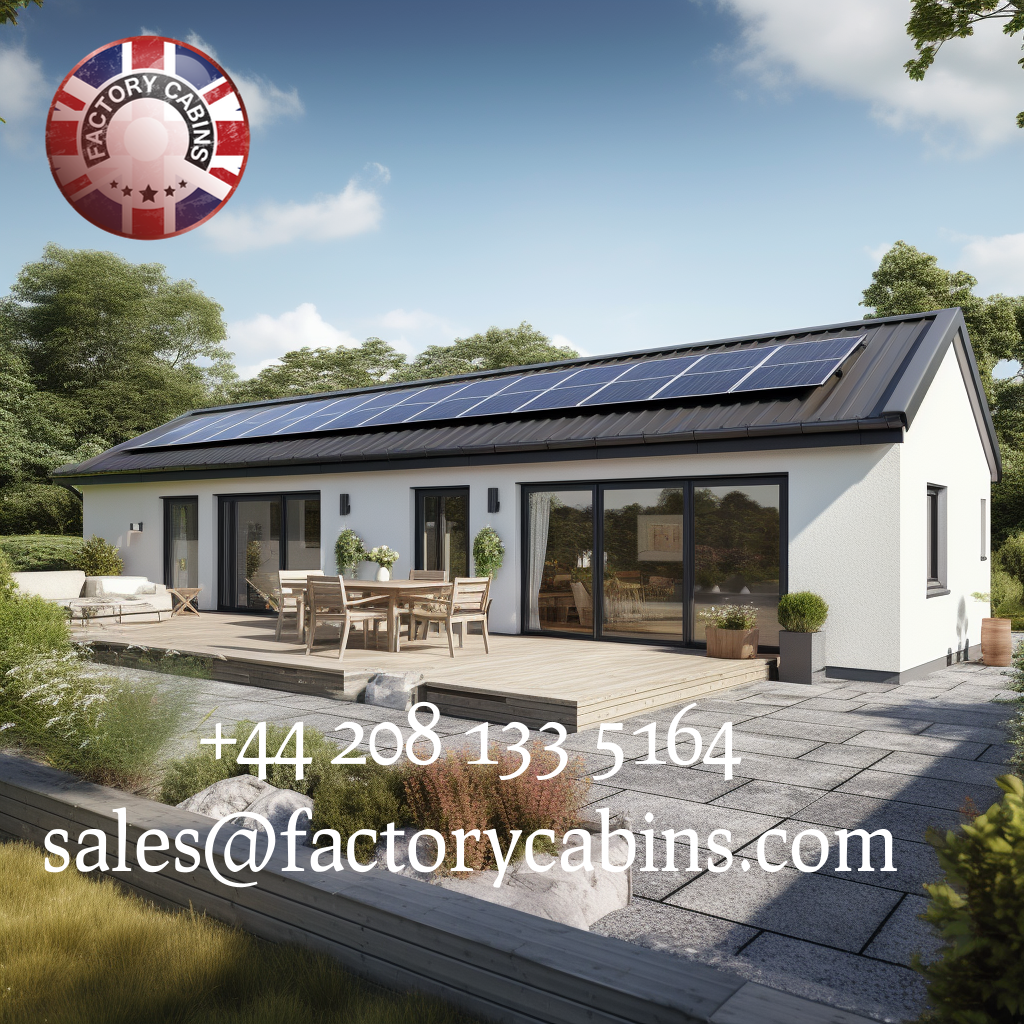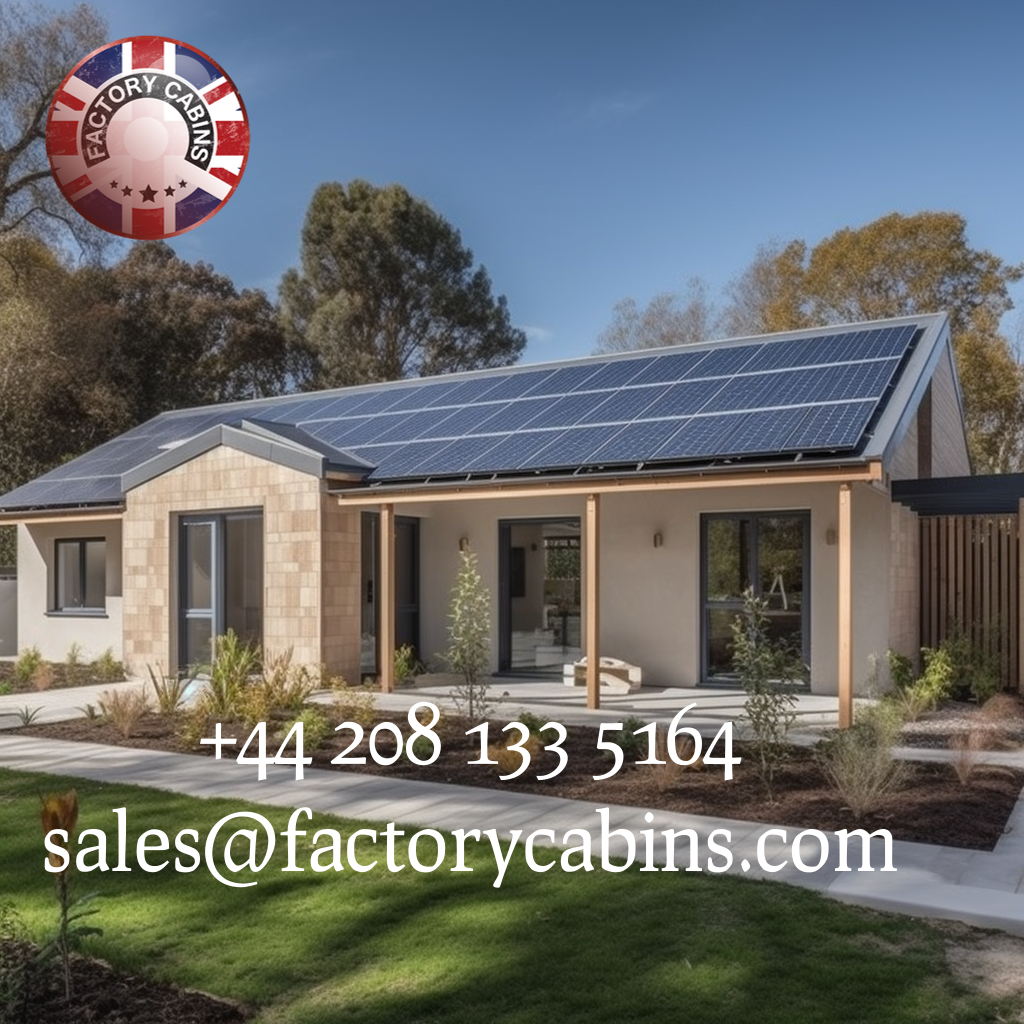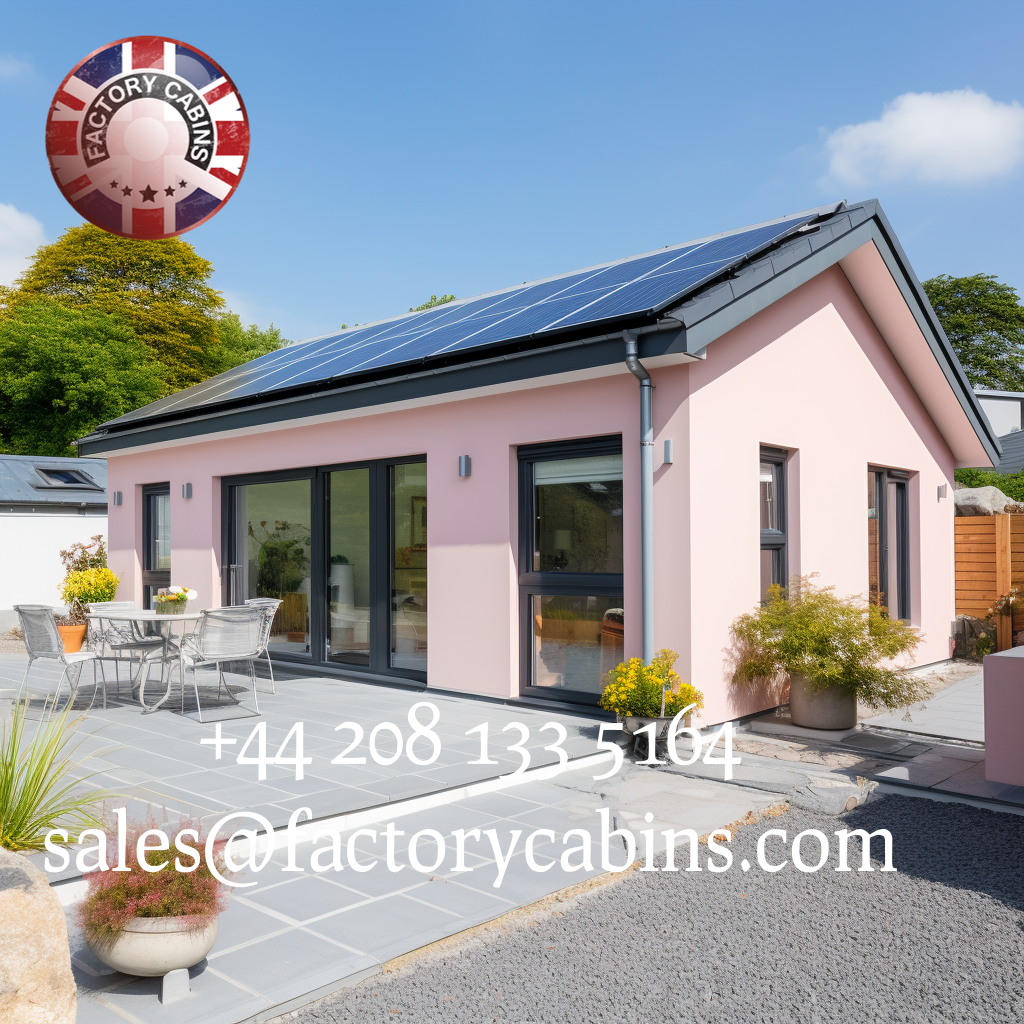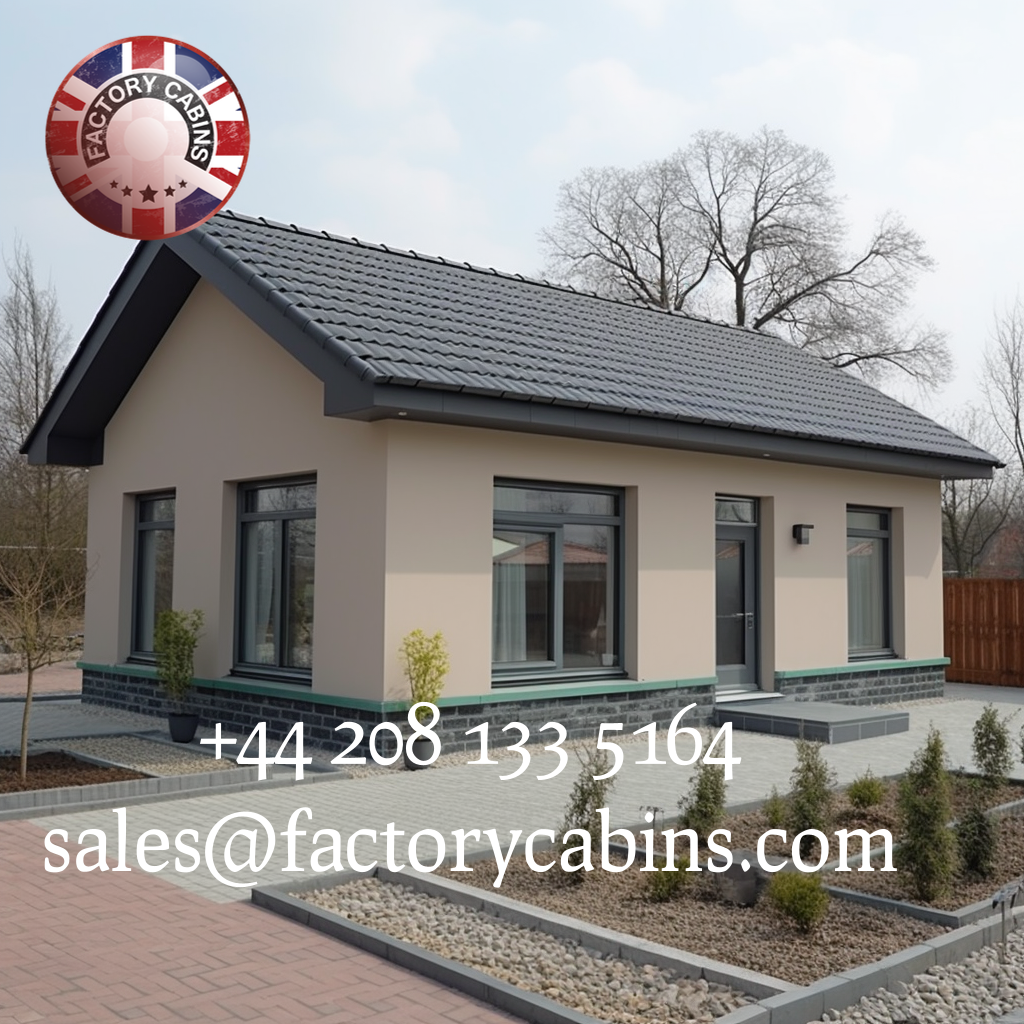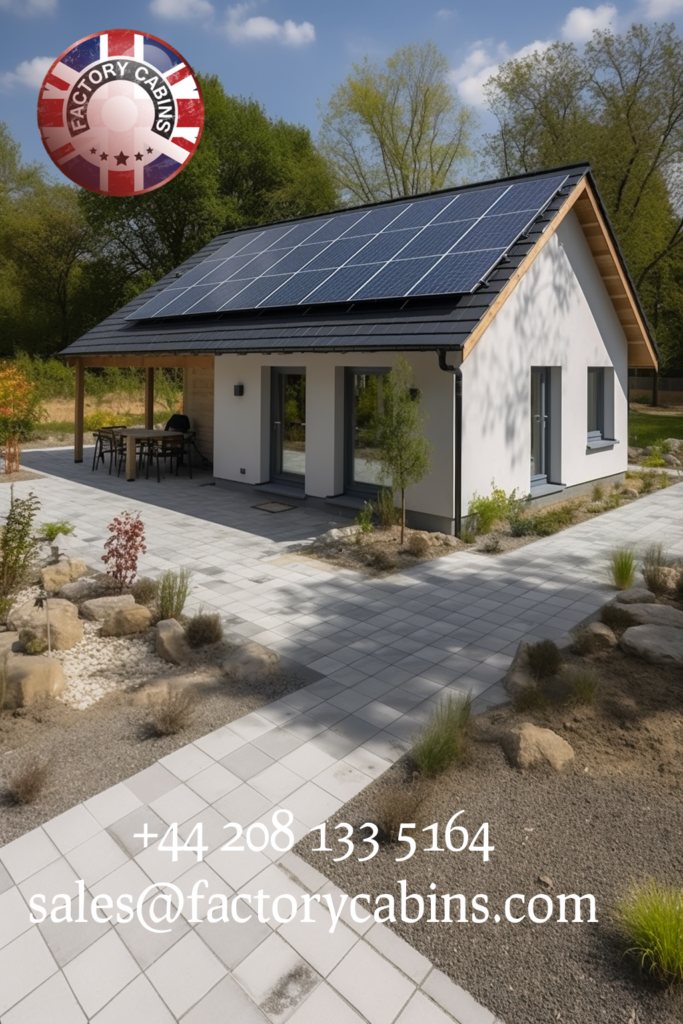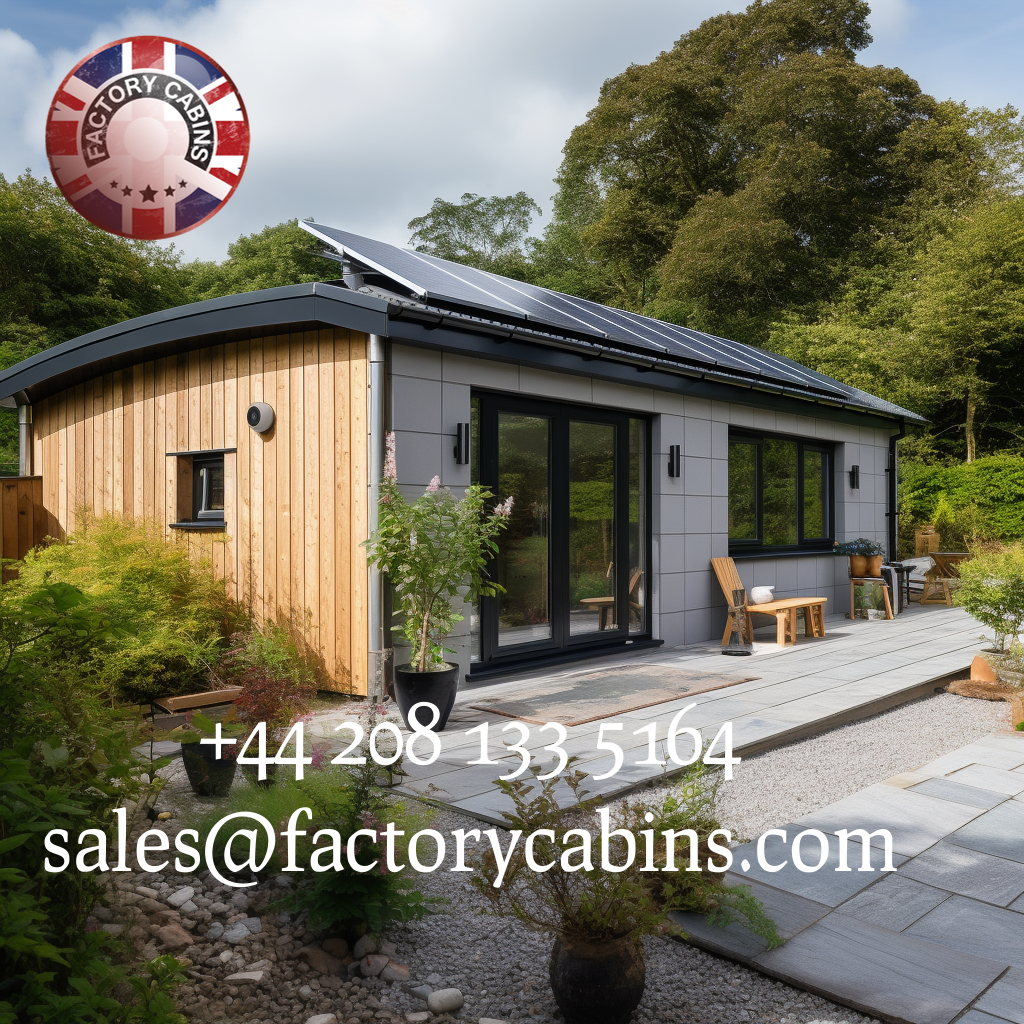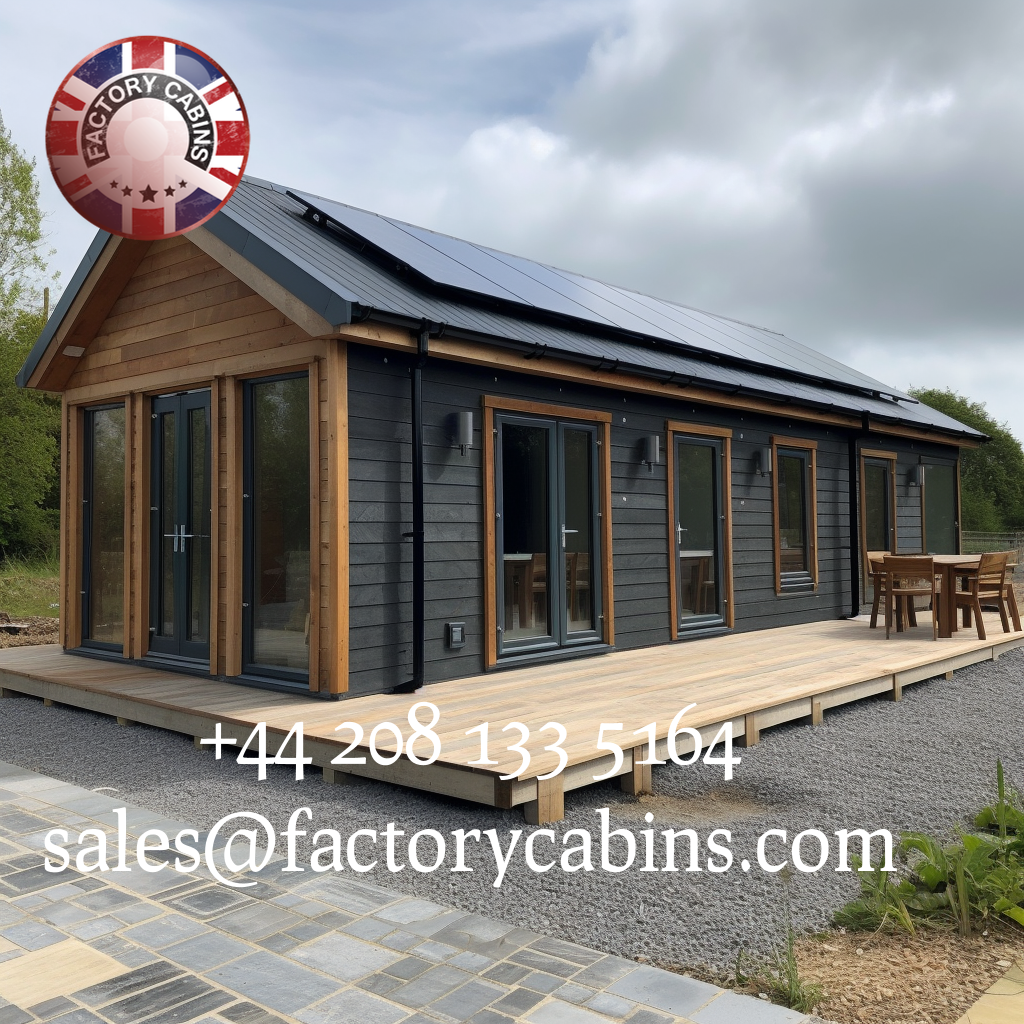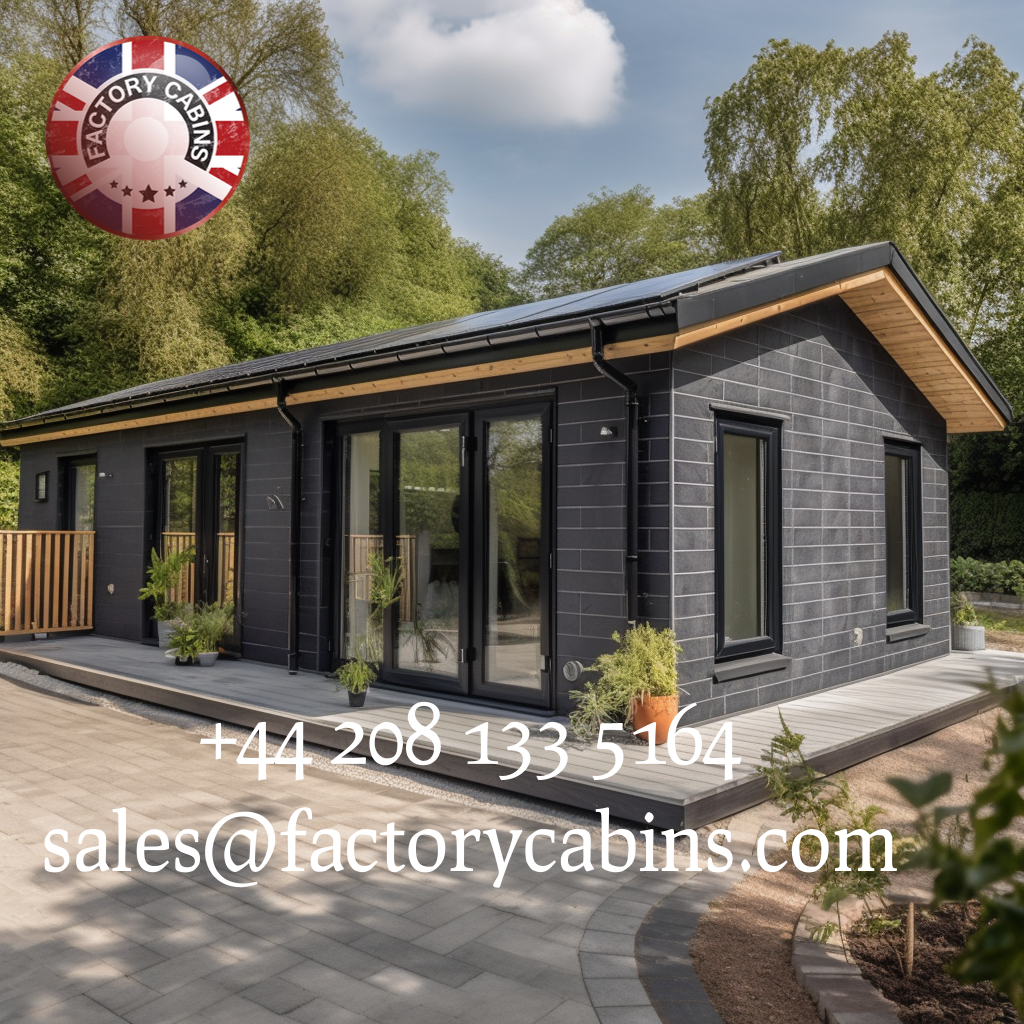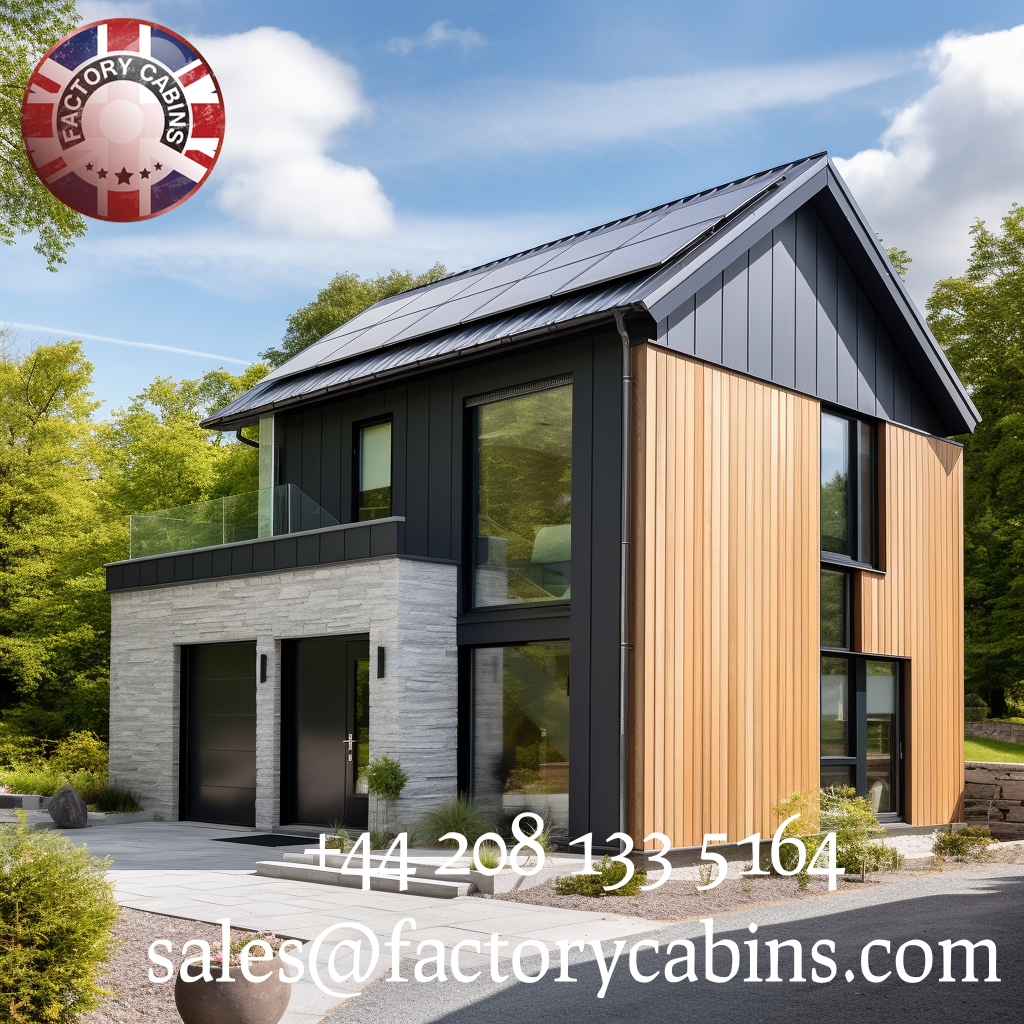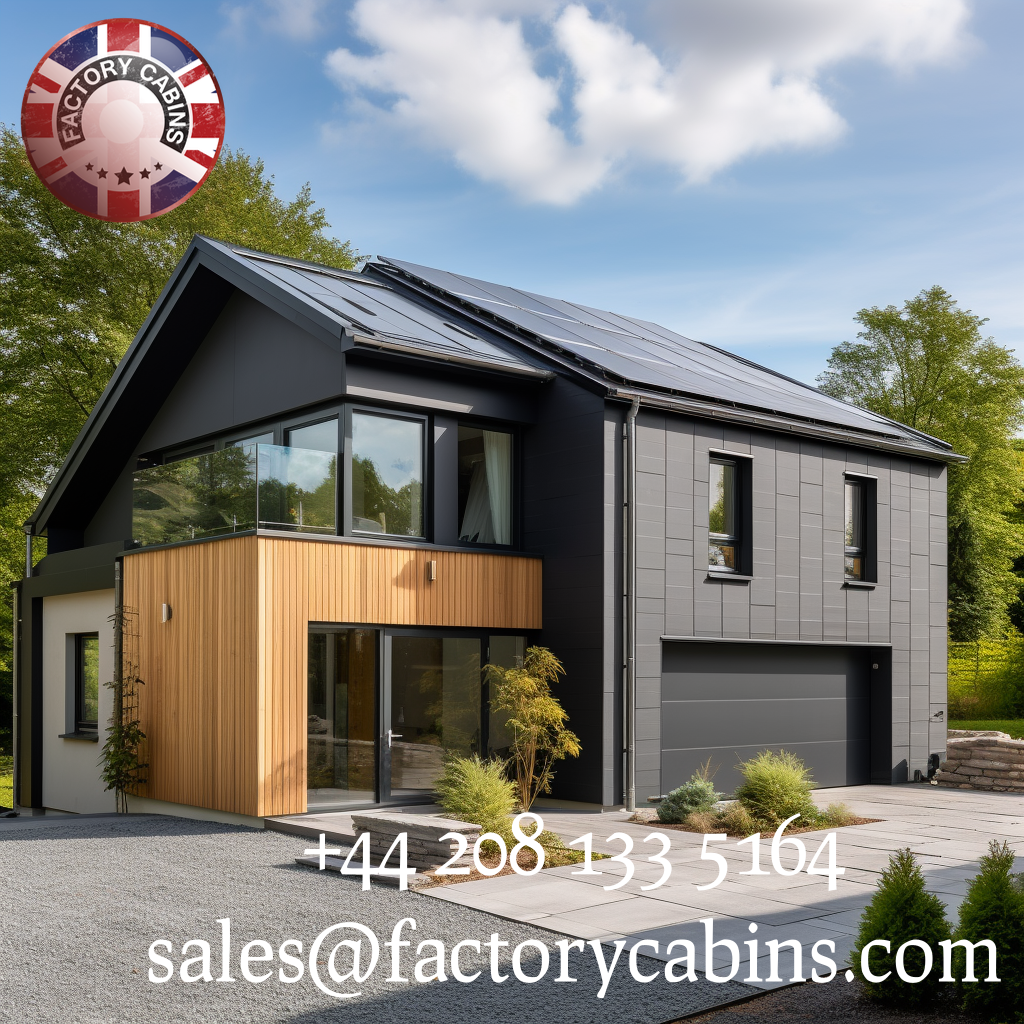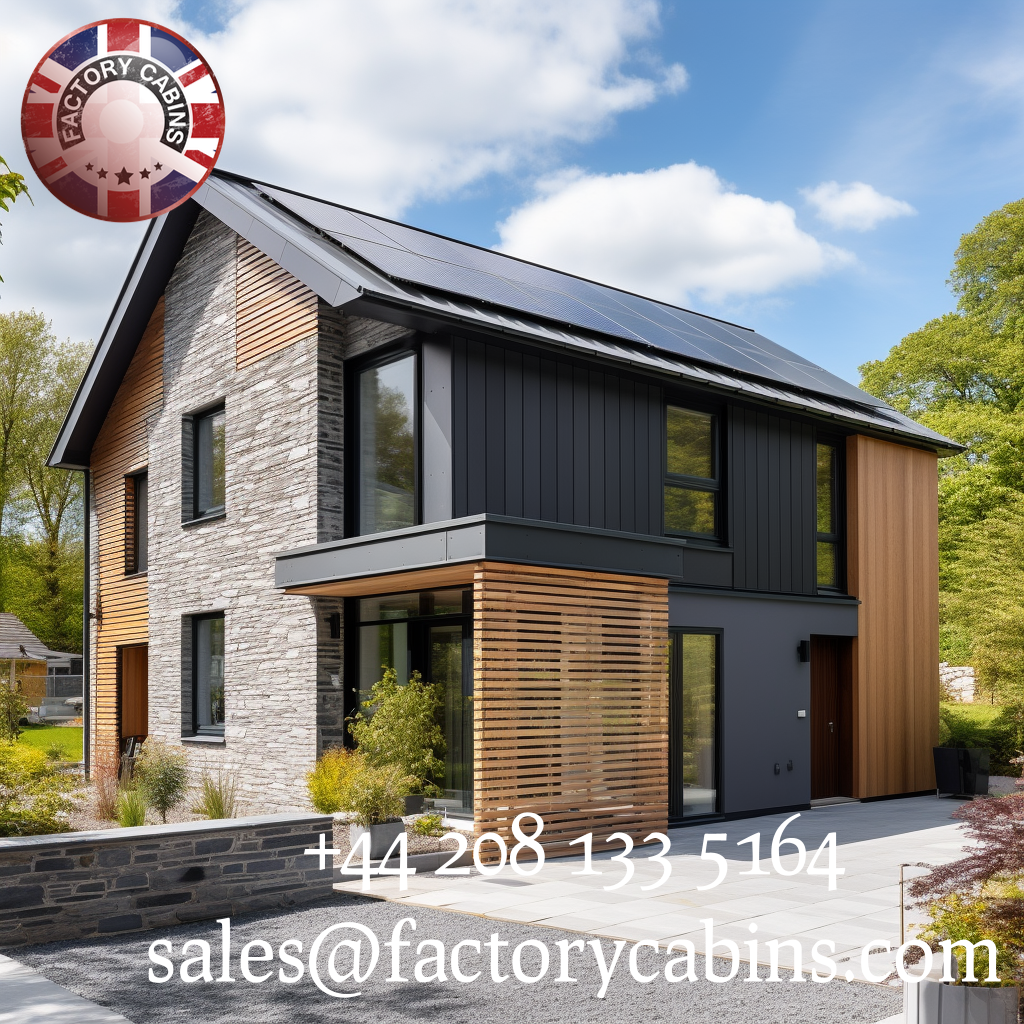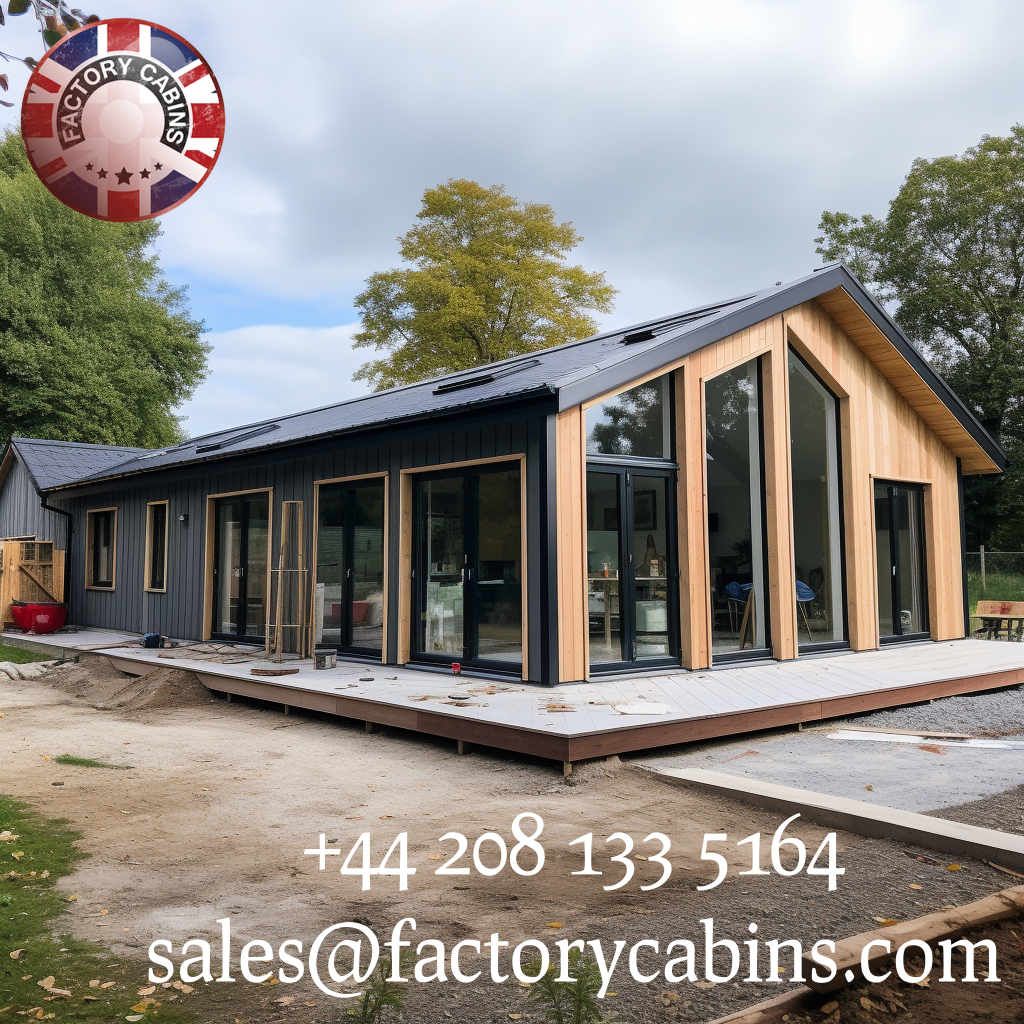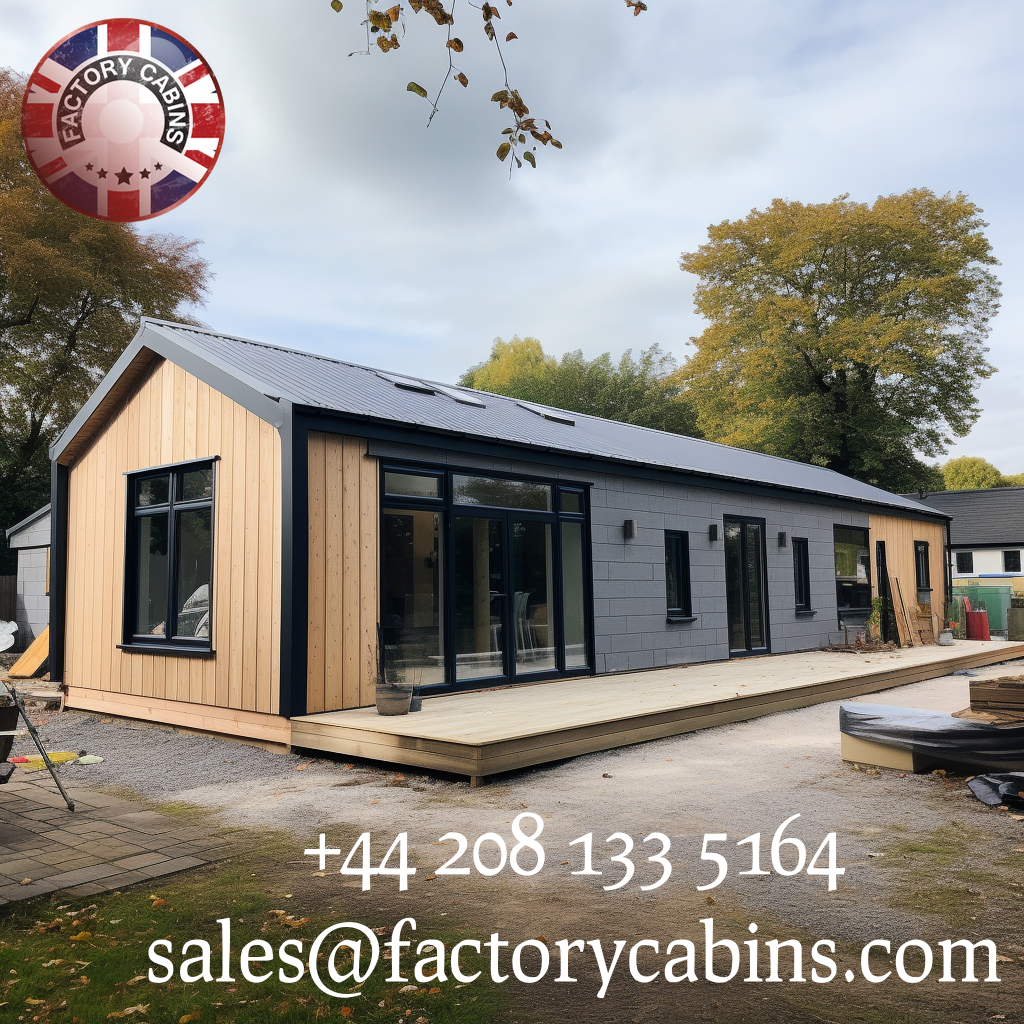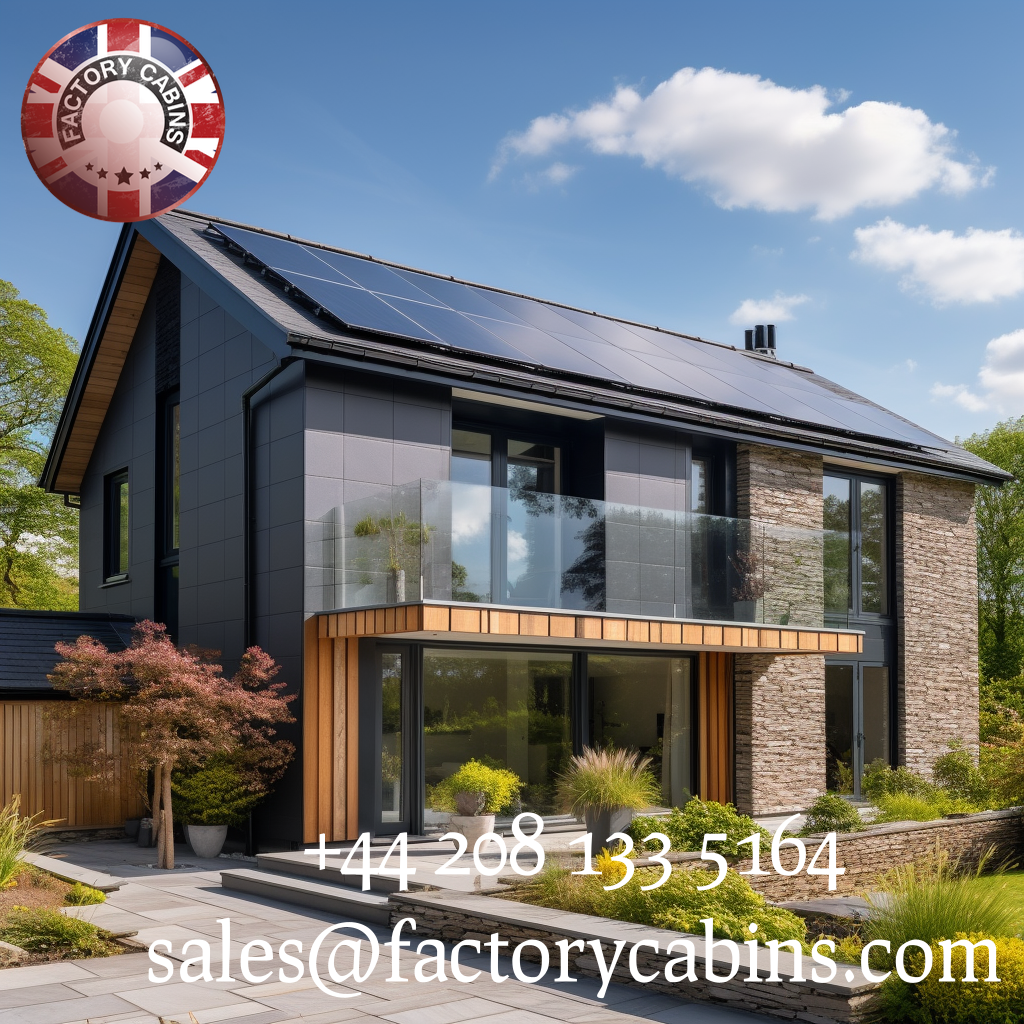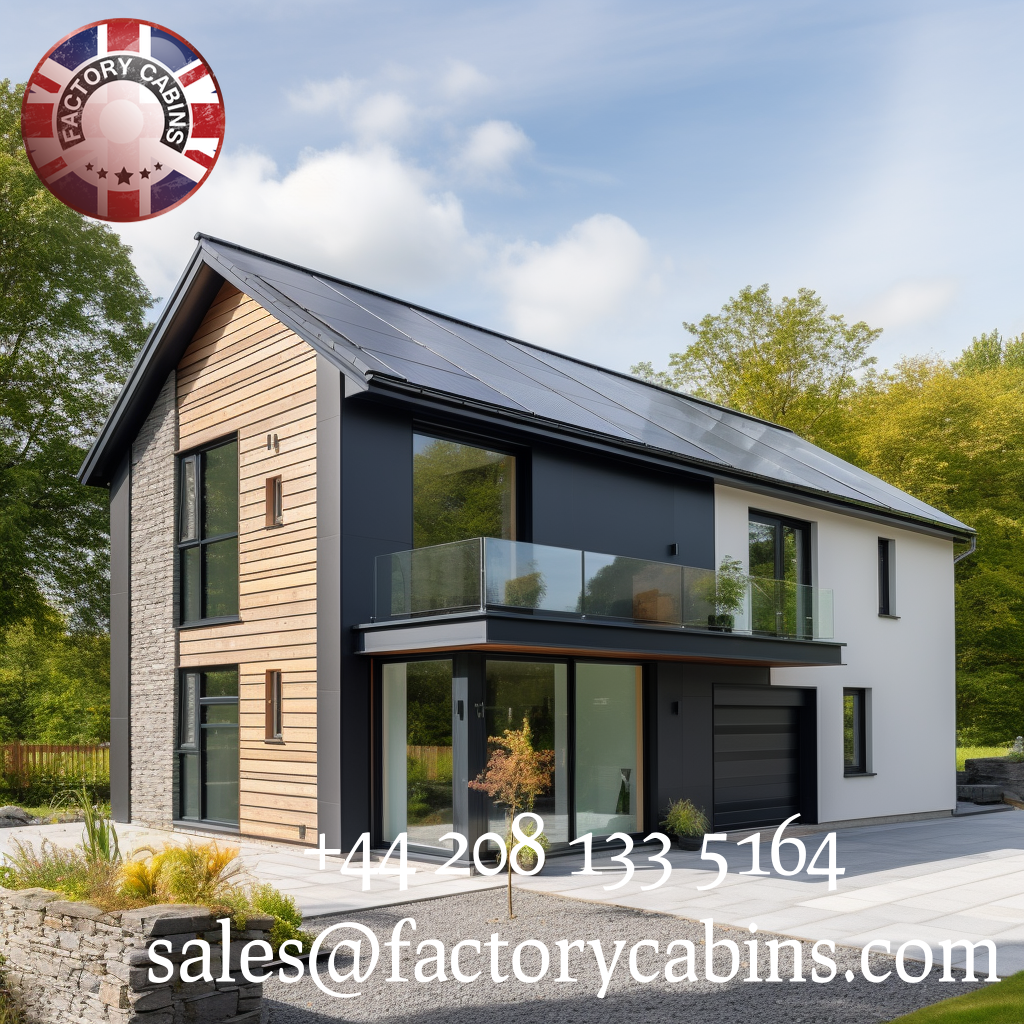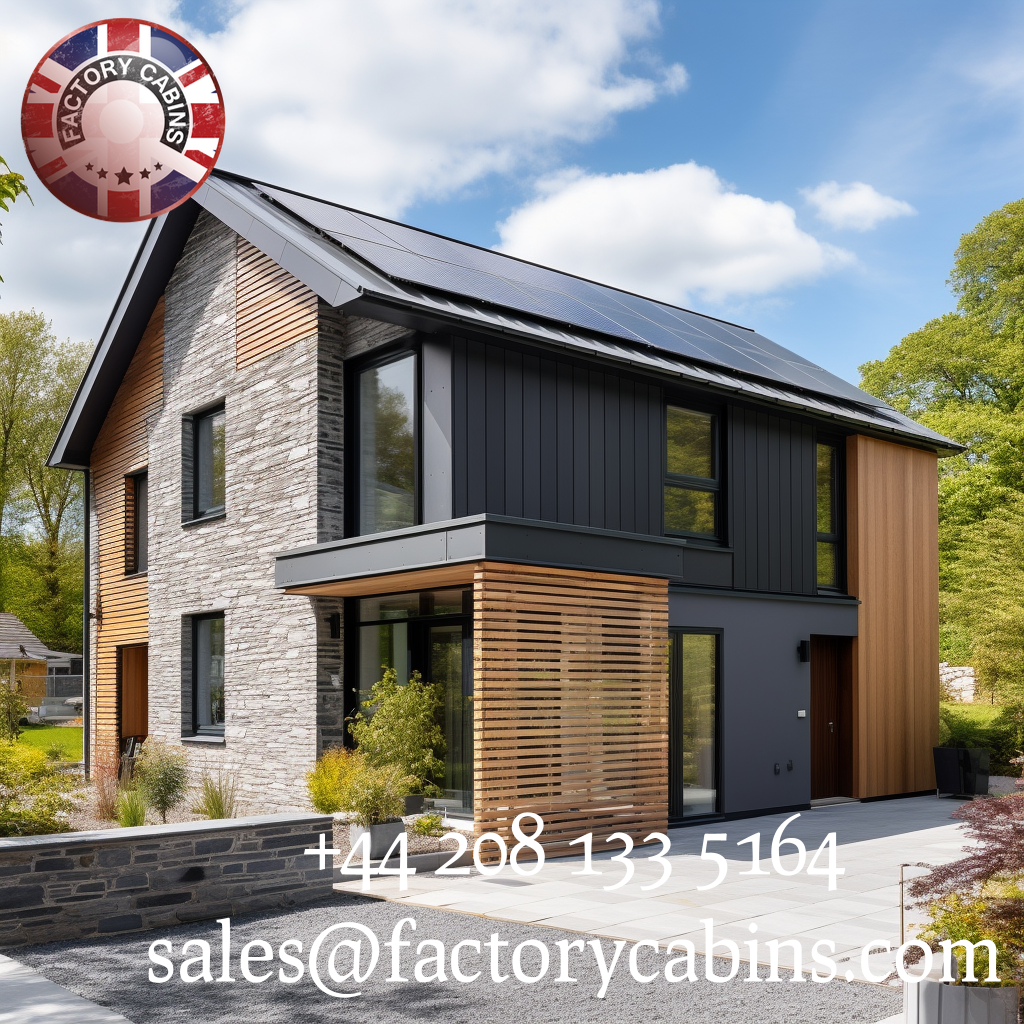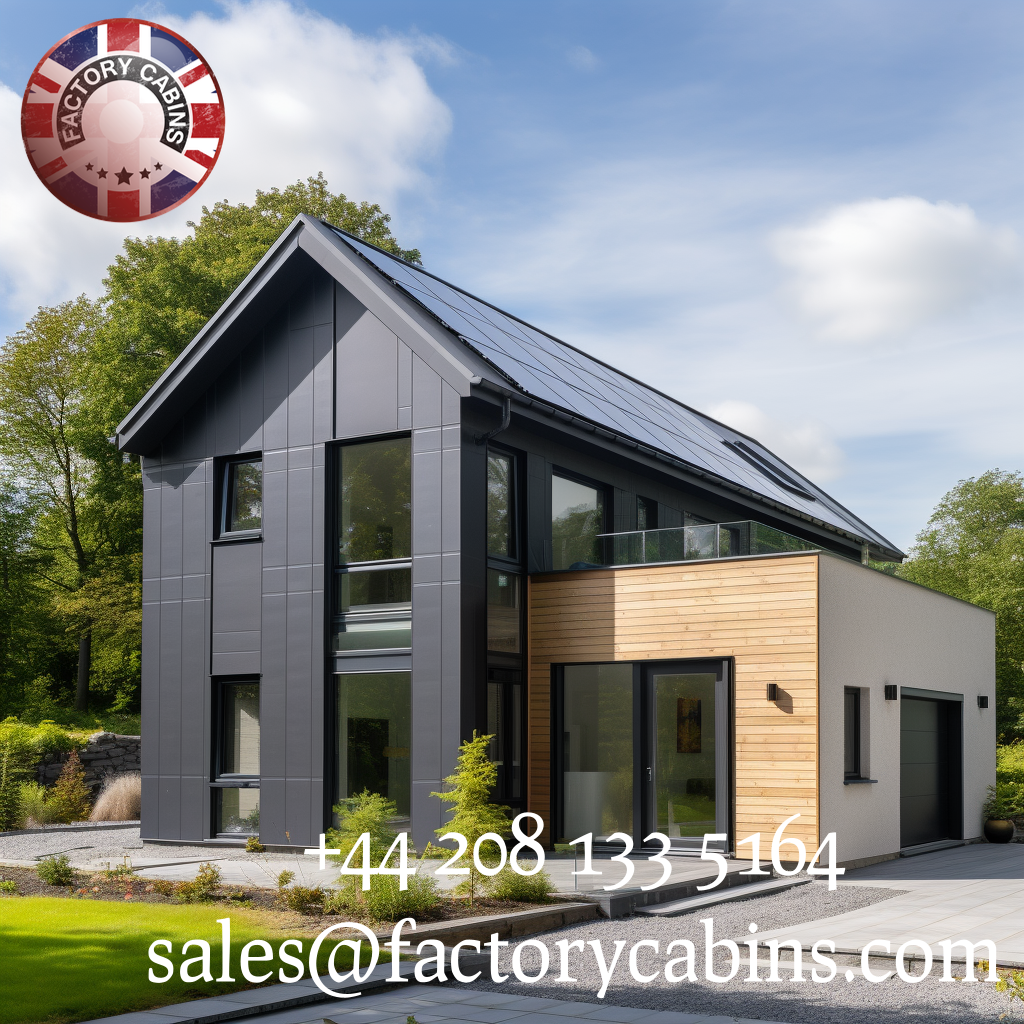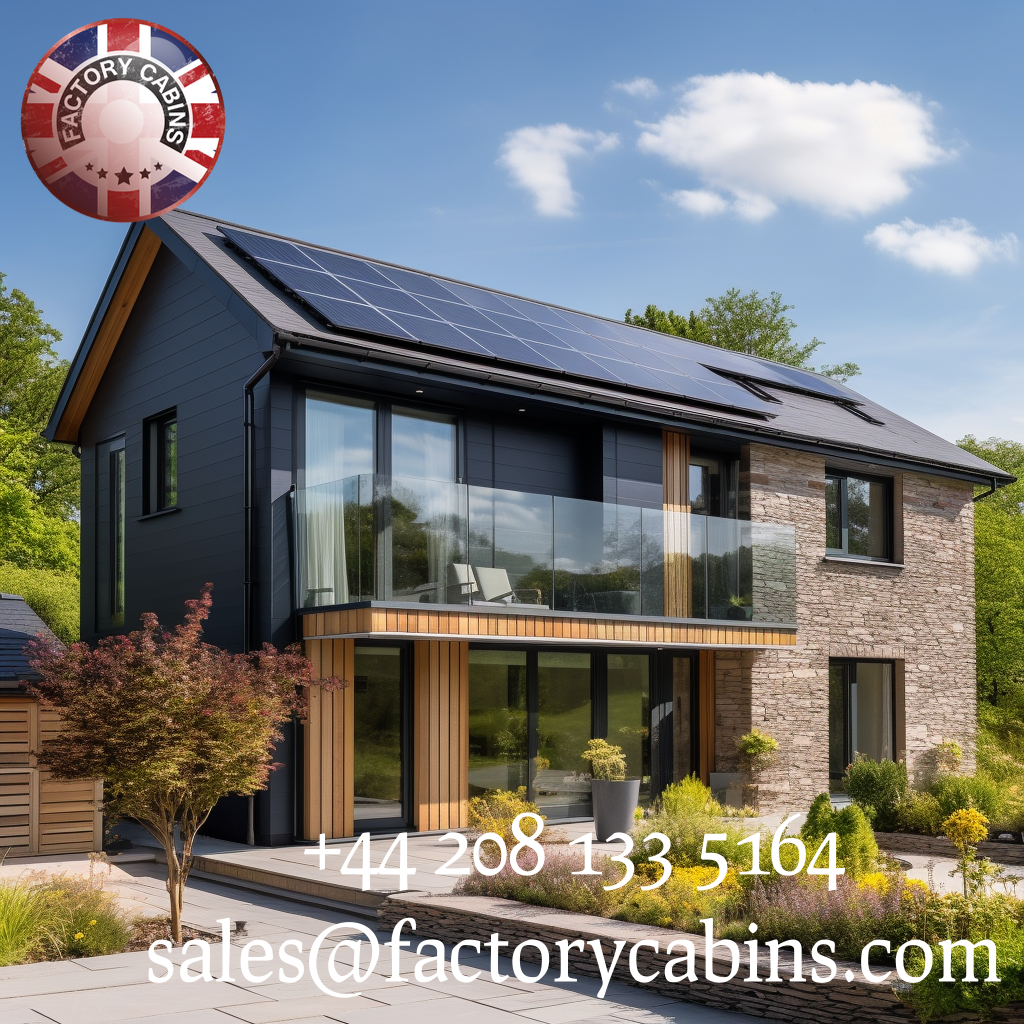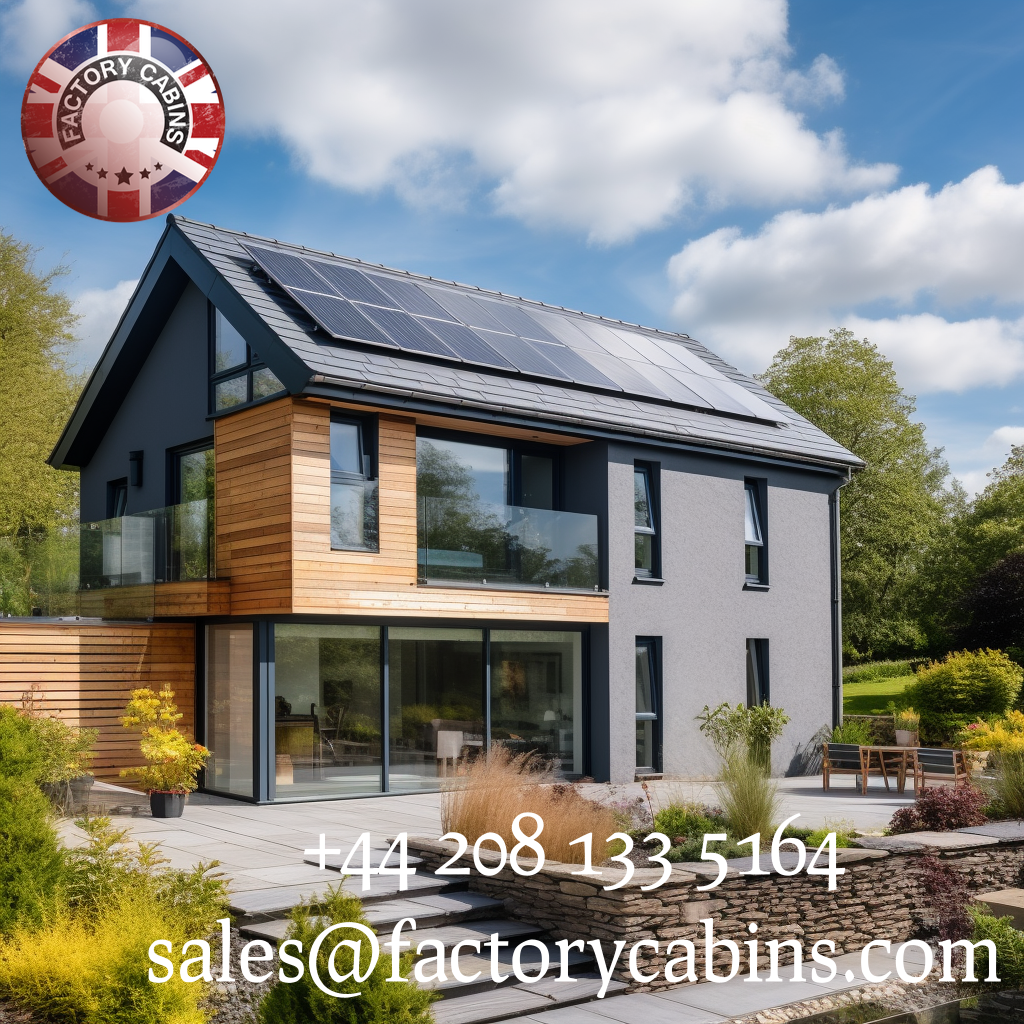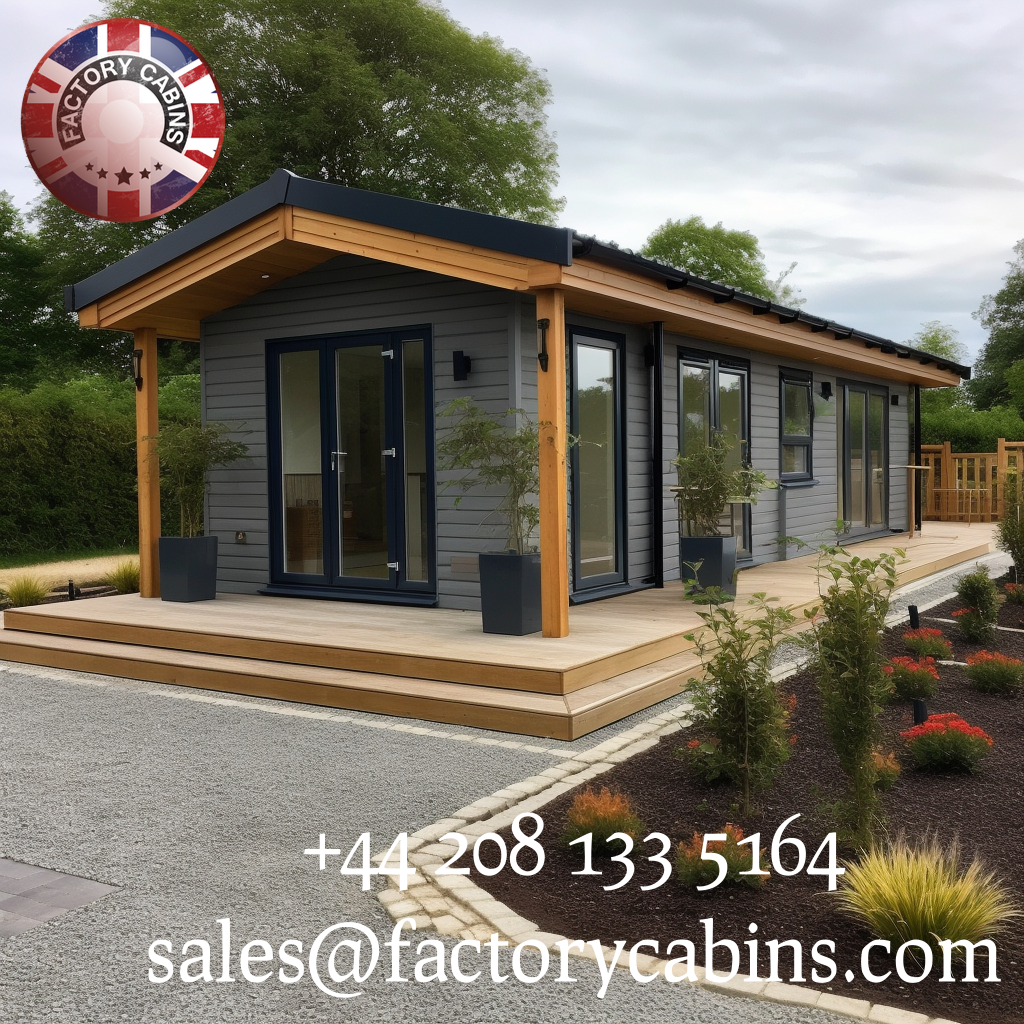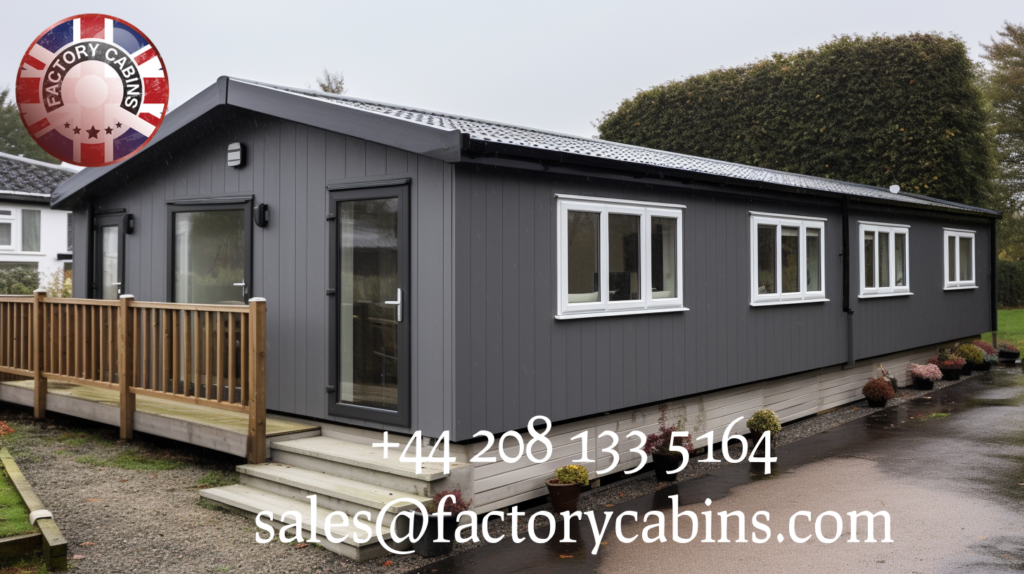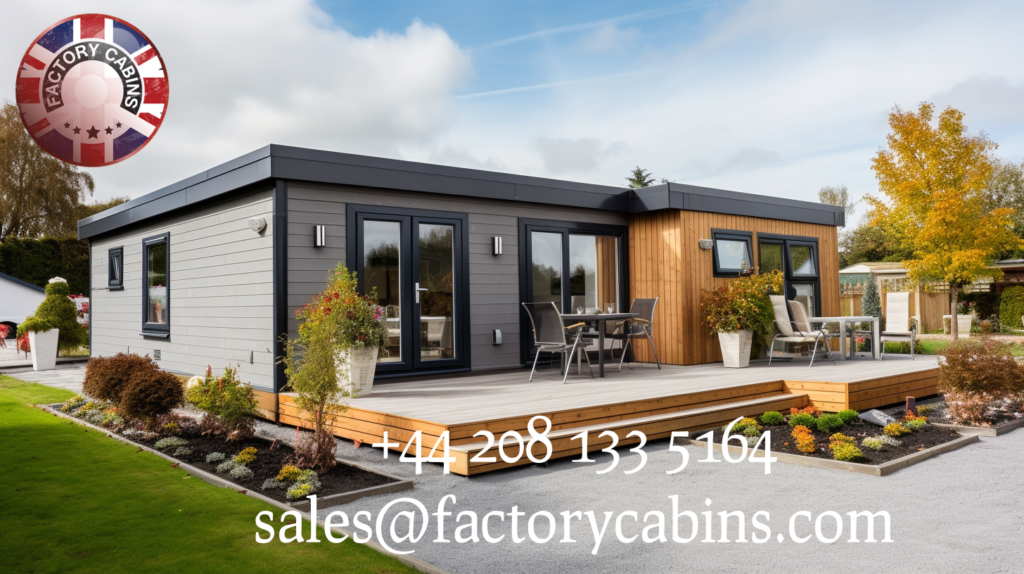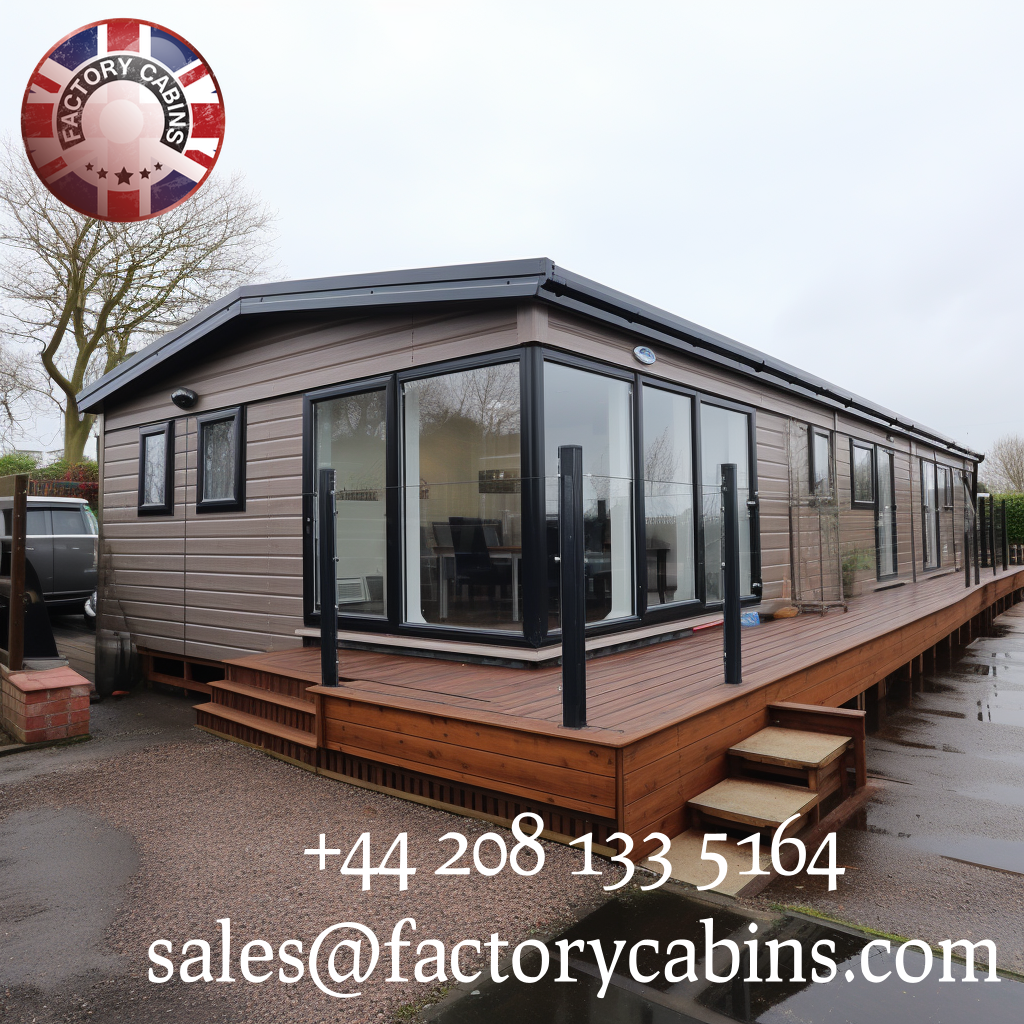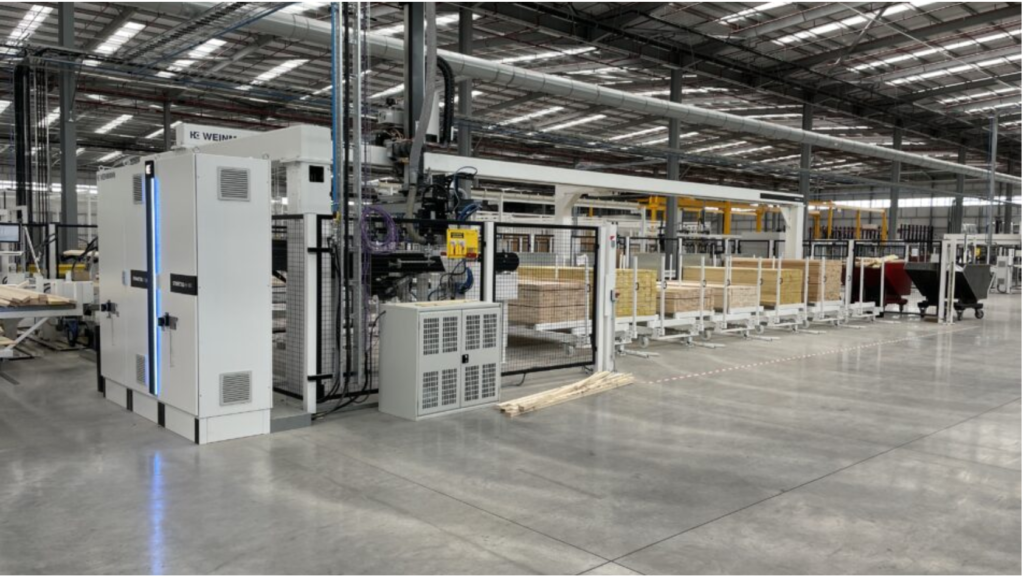Accessory Dwelling Units
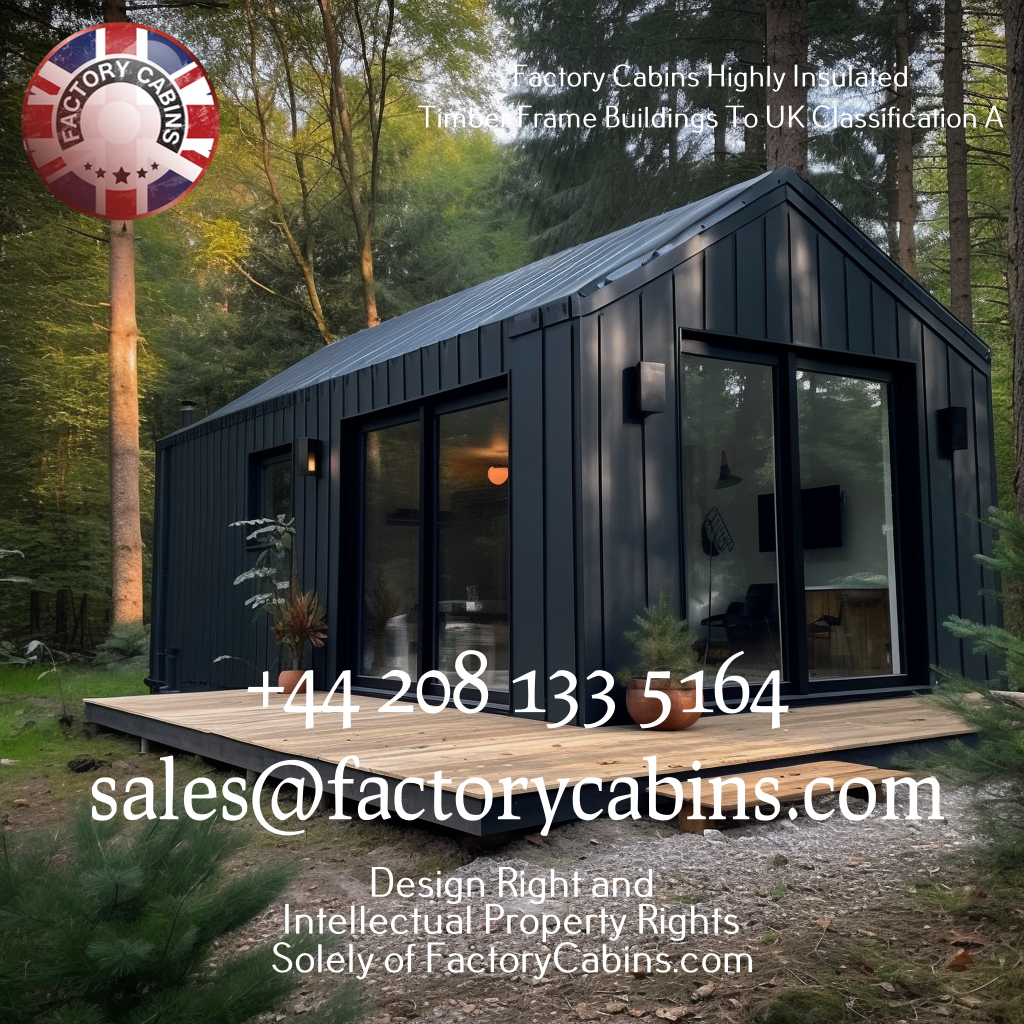
What I don’t get is why ADUs in most states cost three times what they’re worth, and their build quality is just horrible. An ADU is an investment, yet businesses demand $120.000 in materials for a one-bed, 400-square-meter unit. The walls have 100 mm of insulation, the roof has 150 mm, and the floor has 100 mm; this is not a house, but a cheap toilet.
At Factory Cabins, we create houses from visually graded C24 KD lumber. KD implies it was dried in a kiln, and the moisture level is roughly 10%–12%, which is the equivalent of SS timber grade in the United States. it means we manufacture from the best timber on the planet.
If you are a company that is looking for a supplier to help you offer your consumer base the best prices, higher quality, and a fair price, please contact us. The pricing difference is half, and our quality is without a doubt 100% better.

Many individuals want to own a home, but with growing housing costs and limited space in cities, it’s becoming increasingly challenging. Accessory Dwelling Units (ADUs) are a solution to this dilemma, offering homeowners a cost-effective method to expand their living space while increasing the value of their property. These small supplementary units, sometimes known as granny flats, backyard cottages, or in-law suites, are becoming increasingly popular as a means to enhance living space without requiring standard house enlargement procedures. And, with the emergence of ADU kits, constructing an ADU has gotten much simpler.
So, exactly what are ADUs? ADUs are small, self-contained dwellings built on the same lot as an existing single-family home. They can range in size from a modest studio to a two-bedroom unit and often include a kitchenette, bathroom, and living space. ADUs can be attached to the main house or stand alone on the same property. They also have their own entrance and address, providing inhabitants with complete privacy and independence from the main residence.

There are numerous advantages to having an ADU on your property. ADUs, in addition to offering additional living space, can also generate rental income, assist homeowners in aging in place, support multigenerational living, and provide accommodation for caretakers or family members. Furthermore, ADUs can boost the value of a home and allow homeowners to downsize without leaving their beloved community.
ADUs have been around for a long time, but the development of ADU kits has made them more affordable to homeowners. These kits provide all of the materials and components needed to construct a fully functional ADU, such as well insulated, triple-glazed, and SS-graded timber frames. ADU kits, as opposed to traditional home expansion options like building an addition or converting a basement, are relatively quick and easy to install, with a typical turnaround time of 8 to 10 weeks.
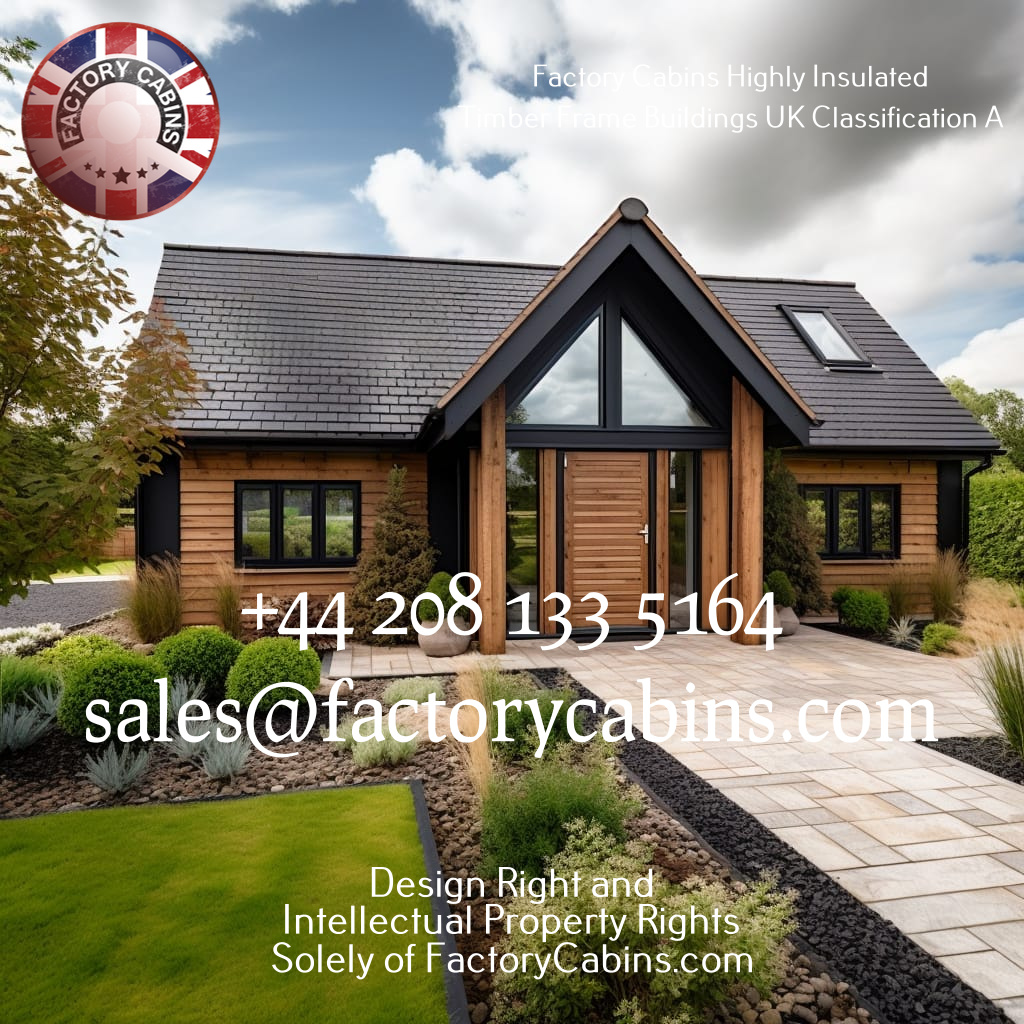
The utilization of high-quality materials and construction procedures is one of the primary benefits of using an ADU kit. The timber frames utilized in these kits are made in Europe and subjected to stringent quality control standards. This means that the end result will be of higher quality and longevity than traditional building methods. Furthermore, the highly insulated materials used in ADU kits make them energy-efficient, allowing homeowners to save money on utility expenditures over time.
Another advantage of ADU kits is their low cost. A typical extension or basement conversion can be costly and time-consuming. ADU kits, on the other hand, are substantially more cheap and may be supplied directly to the construction site in containers. This eliminates the need for costly on-site construction, potentially saving households thousands of dollars.
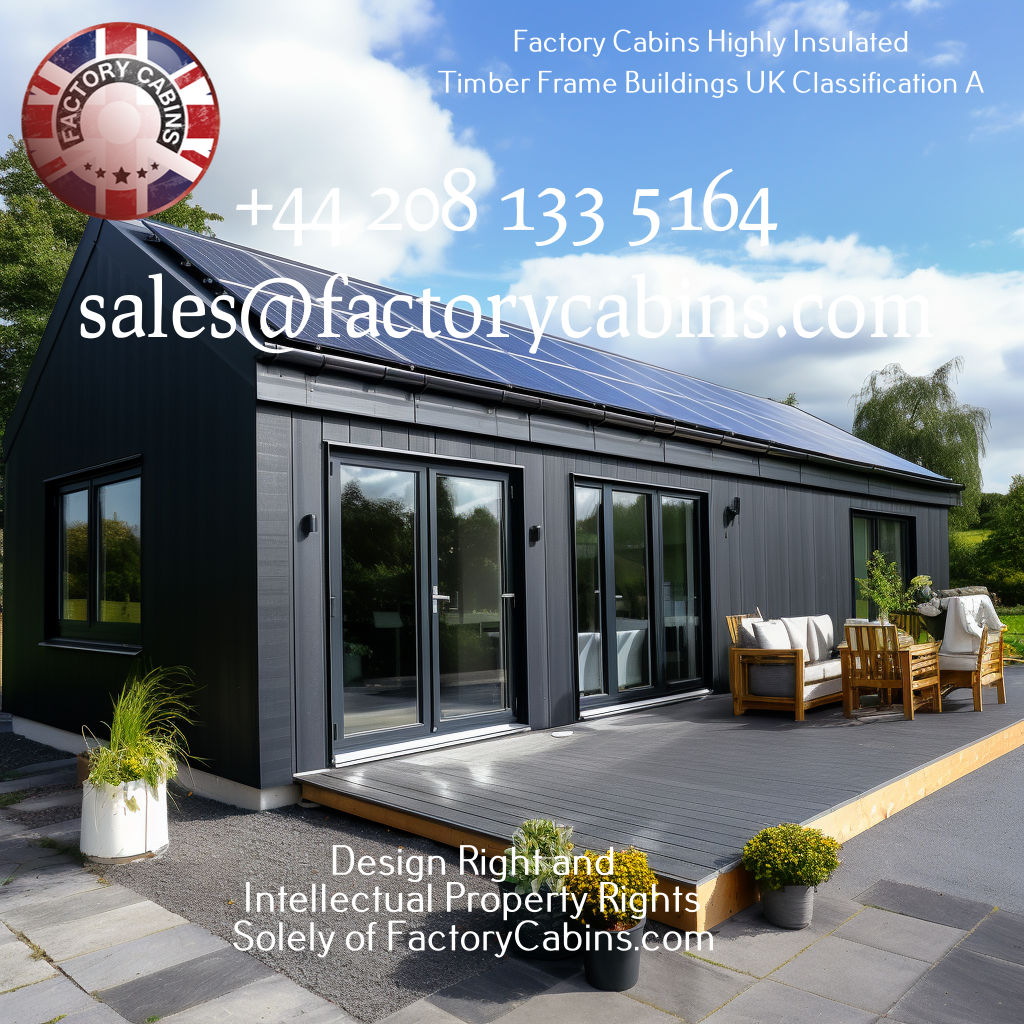
ADU kits also provide homeowners with a customizable and adaptable choice. The size and configuration of the kit may be adapted to the homeowner’s unique needs and preferences, making it an adaptable option for various homes and lifestyles. ADU kits can also be made to blend in with the main house, preserving the property’s style.
Finally, ADUs and ADU kits are a practical and cost-effective choice for homeowners wishing to expand their living space or raise the value of their property. As the need for housing continues to rise, ADUs offer a sustainable and cost-effective way to extend living space without requiring substantial construction. ADU kits are becoming a popular choice for homeowners across America and beyond because to their high-quality materials, rapid turnaround time, and customization choices.
Many individuals want to own a home, but with growing housing costs and limited space in cities, it’s becoming increasingly challenging. Accessory Dwelling Units (ADUs) are a solution to this dilemma, offering homeowners a cost-effective method to expand their living space while increasing the value of their property. These small supplementary units, sometimes known as granny flats, backyard cottages, or in-law suites, are becoming increasingly popular as a means to enhance living space without requiring standard house enlargement procedures. And, with the emergence of ADU kits, constructing an ADU has gotten much simpler.
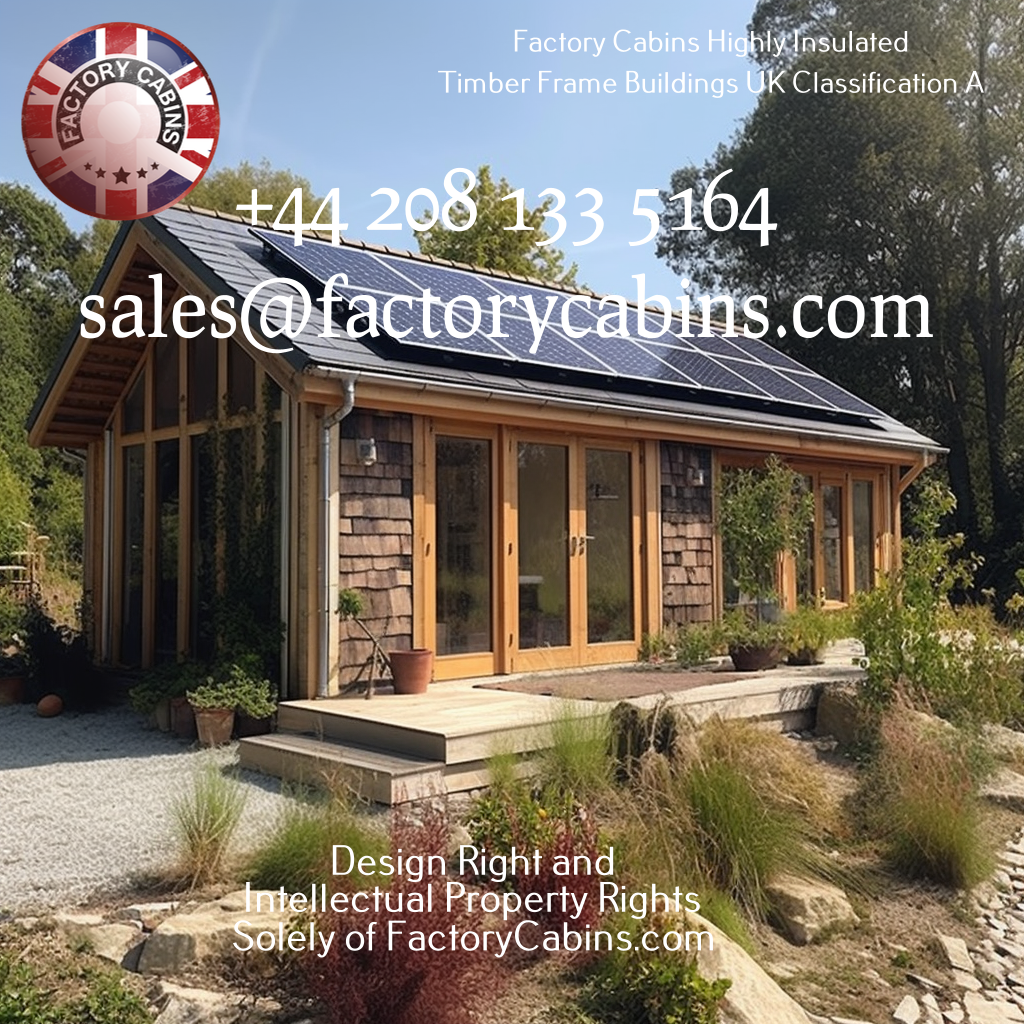
So, exactly what are ADUs? ADUs are small, self-contained houses built on the same lot as an existing single-family home. They typically range in size from a modest studio to a two-bedroom unit and include a kitchenette, bathroom, and living space. ADUs can be linked to the main house or stand on its own on the same lot. They also have their own entrance and address, providing inhabitants with complete privacy and independence from the main residence.

There are numerous advantages to having an ADU on your property. ADUs, in addition to offering additional living space, can also generate rental income, assist homeowners in aging in place, support multigenerational living, and provide accommodation for caretakers or family members. Furthermore, ADUs can boost the value of a home and allow homeowners to downsize without leaving their beloved community.
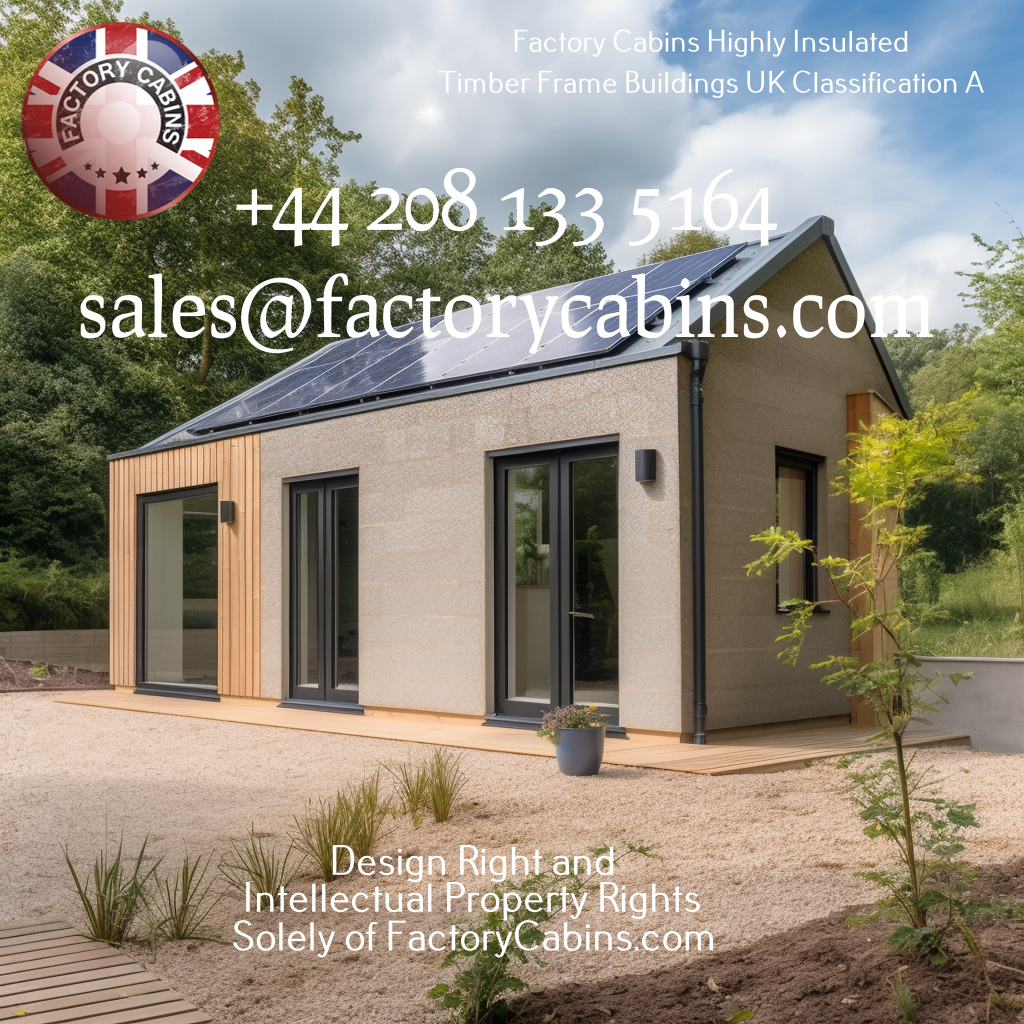
ADUs have been around for a long time, but the development of ADU kits has made them more affordable to homeowners. These kits provide all of the materials and components needed to construct a fully functional ADU, such as well insulated, triple-glazed, and SS-graded timber frames. In comparison to traditional means of home extension, such as building an addition or converting a basement, ADU kits are relatively quick and straightforward to install, with a typical turnaround time of 10 to 12 weeks and delivery.

The utilization of high-quality materials and construction procedures is one of the primary benefits of using an ADU kit. The timber frames utilized in these kits are made in Europe and subjected to stringent quality control standards. This means that the end result will be of higher quality and longevity than traditional building methods. Furthermore, the highly insulated materials used in ADU kits make them energy-efficient, allowing homeowners to save money on utility expenditures over time.
Another advantage of ADU kits is their low cost. A typical extension or basement conversion can be costly and time-consuming. ADU kits, on the other hand, are substantially more cheap and may be supplied directly to the construction site in containers. This eliminates the need for costly on-site construction, potentially saving households thousands of dollars.
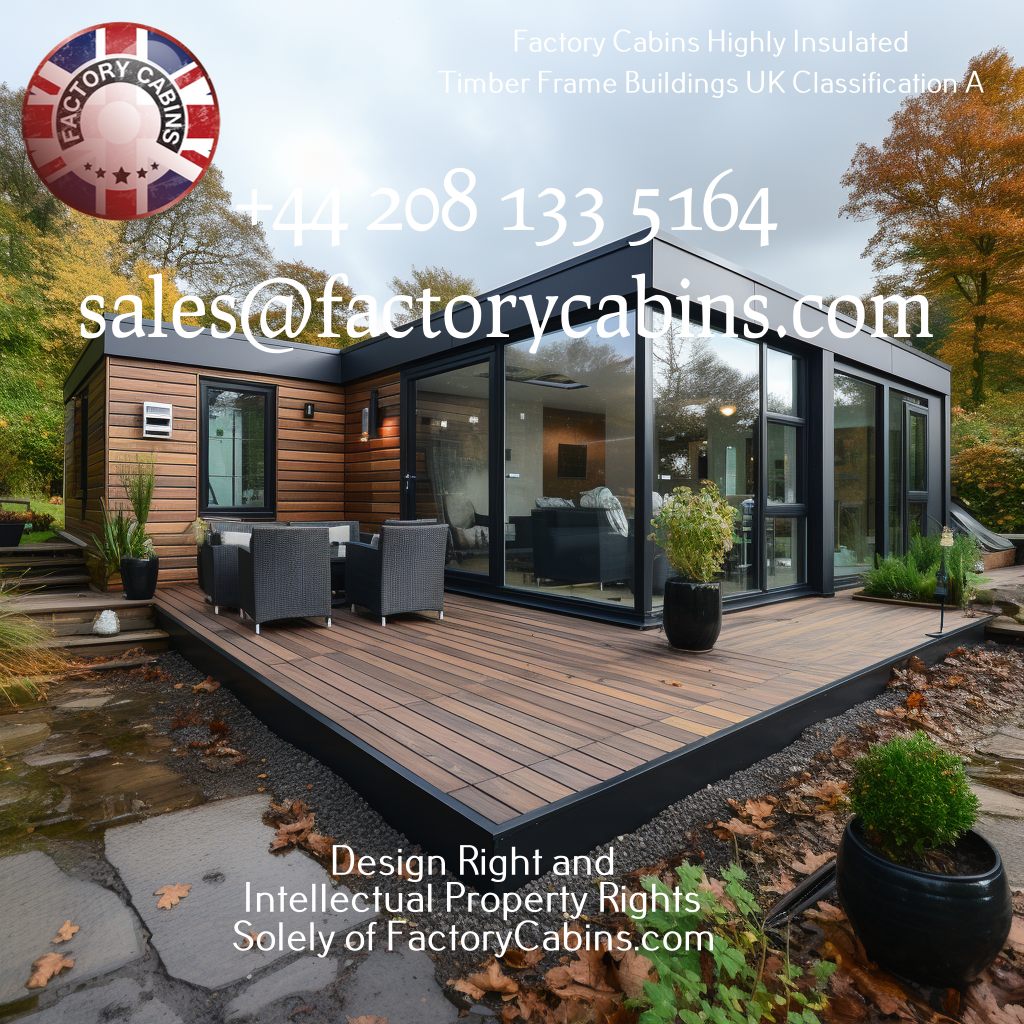
ADU kits also provide homeowners with a customizable and adaptable choice. The size and configuration of the kit may be adapted to the homeowner’s unique needs and preferences, making it an adaptable option for various homes and lifestyles. ADU kits can also be made to blend in with the main house, preserving the property’s style.
Finally, ADUs and ADU kits are a practical and cost-effective choice for homeowners wishing to expand their living space or raise the value of their property. As the need for housing continues to rise, ADUs offer a sustainable and cost-effective way to extend living space without requiring substantial construction. ADU kits are becoming a popular choice for homeowners across America and beyond because to their high-quality materials, rapid turnaround time, and customization choices.
There are numerous options on the market for ADUs (accessory dwelling units). However, following careful investigation and evaluation of various ADU kits, I can confidently state that our ADUs are the best available.
Our ADU kits stand out from the competition due to their high level of insulation. While other firms may offer a minimal level of insulation, our ADUs have nearly twice the amount. This means that our ADUs have high thermal efficiency, which keeps the interior temperature comfortable while lowering energy usage. Furthermore, with increased concerns about climate change, having a fully insulated ADU benefits not only the homeowner but also the environment.
The windows and doors are one of the most crucial aspects of an ADU. Our ADUs are equipped with triple-glazed windows and doors for optimal sound insulation and security. This innovation makes our ADUs not only comfortable, but also safe and secure. Furthermore, the triple glazing delivers exceptional energy efficiency, lowering the homeowner’s energy bills even further.
But it isn’t all. Our ADUs also add significant value to your property. Our ADUs are unquestionably of exceptional quality, with the levels of insulation, windows, and doors provided. This added value to your house might be a significant long-term investment. The value of our ADUs will climb dramatically as the demand for ecological and energy-efficient houses rises. As a result, our ADUs are more than just a living space; they are also a long-term investment for your home.
Furthermore, our ADU kits are meant to be simple to put together. The construction procedure is simplified with our precise instructions and pre-cut supplies, saving you time and money. Furthermore, our kits include all of the essential plumbing and electrical components, eliminating the need for extra contractors and significantly lowering building expenses.
Aside from the technical features, our ADUs provide design and customization flexibility. We recognize that each homeowner has unique and specific demands, and our ADUs may accommodate those needs. We have a range of floor plans to pick from, whether it’s a studio, one-bedroom, or multi-bedroom ADU. Furthermore, our ADU kits can be tailored to match the aesthetics of your property. This customization option allows you to make a seamless transition between your main house and the ADU, including it into the overall design of your property.
Finally, our ADUs actually provide the finest value on the market. Our ADU kits are in a class of their own, with improved insulation, triple-glazed windows and doors, enhanced value to your property, ease of installation, and customization choices. We are committed to offering homeowners with high-quality, sustainable, and affordable living alternatives, and we believe that our ADUs demonstrate this. So why would you settle for anything less? Choose our ADUs and see for yourself the difference.
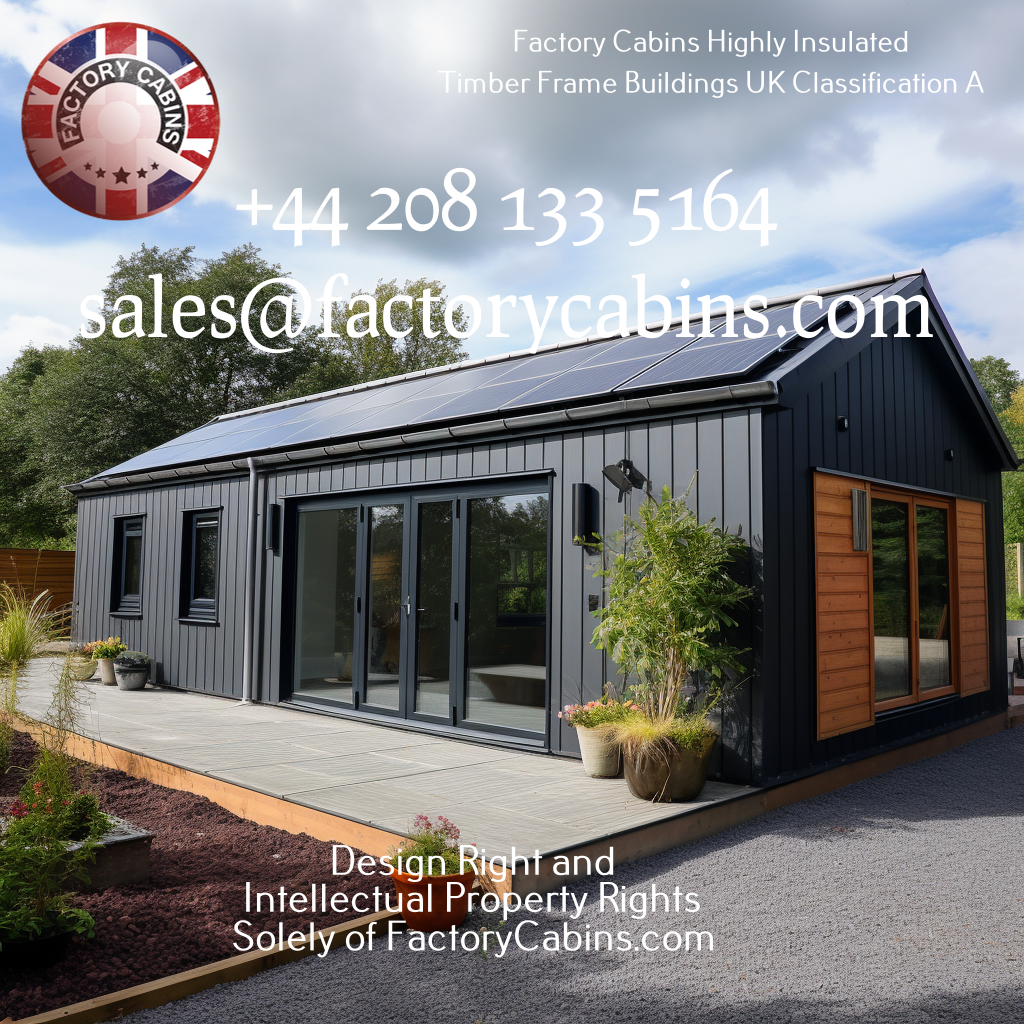
Thank you for reading our blog
sales@factorycabins.com

